HOME DESIGN Best of Jewish News 2019



Then make gifts when it’s convenient for you. We do all the administration, investment and reporting, saving you the hassle.
• Support your favorite charities from a single streamlined account
• Watch your professionally invested fund grow to increase the impact of your giving

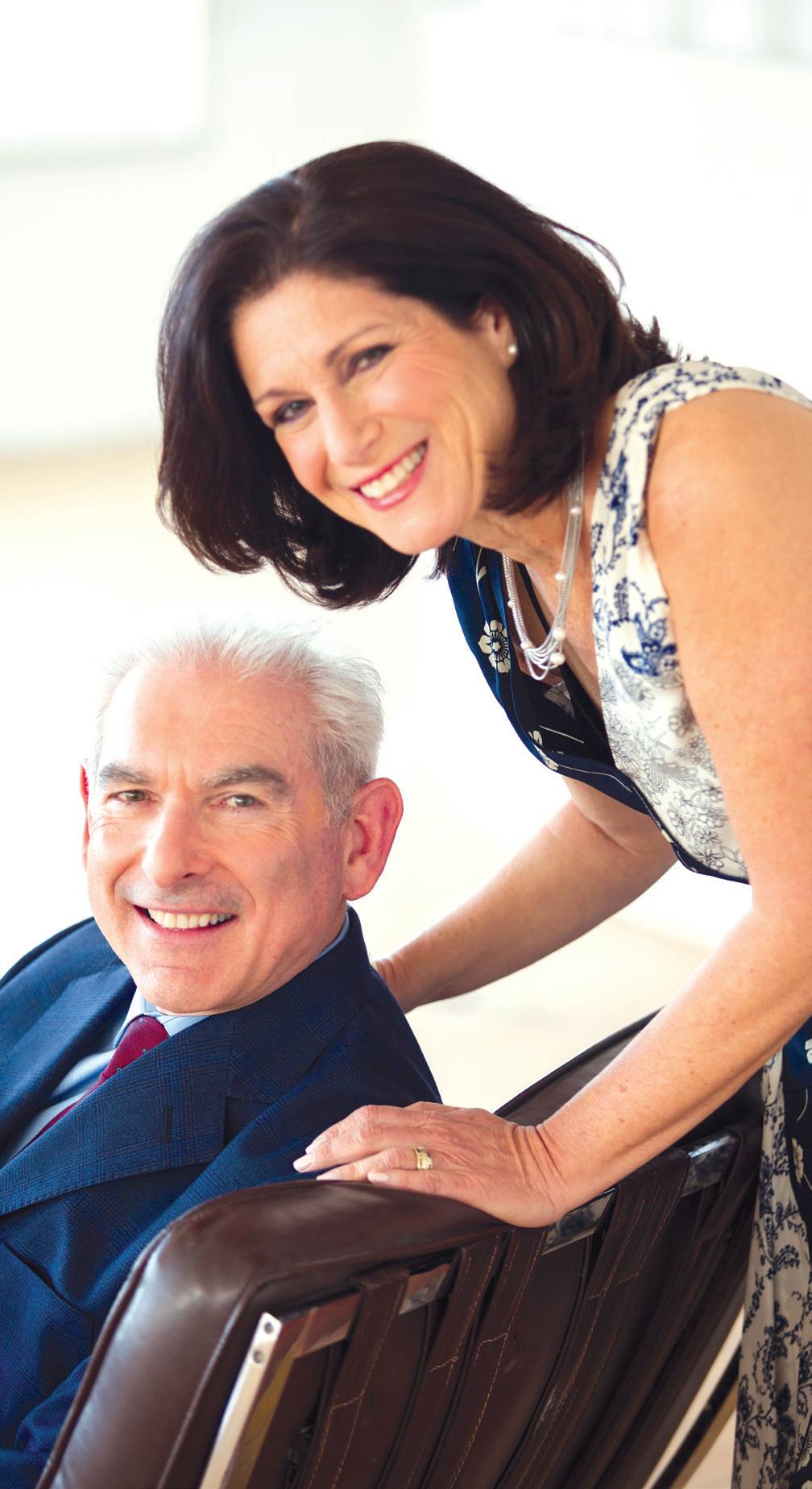
• Contribute stock and avoid capital gains taxes
• Recommend grants or review your account online, anytime, anywhere
A LUXURY LIFESTYLE YOU CAN AFFORD

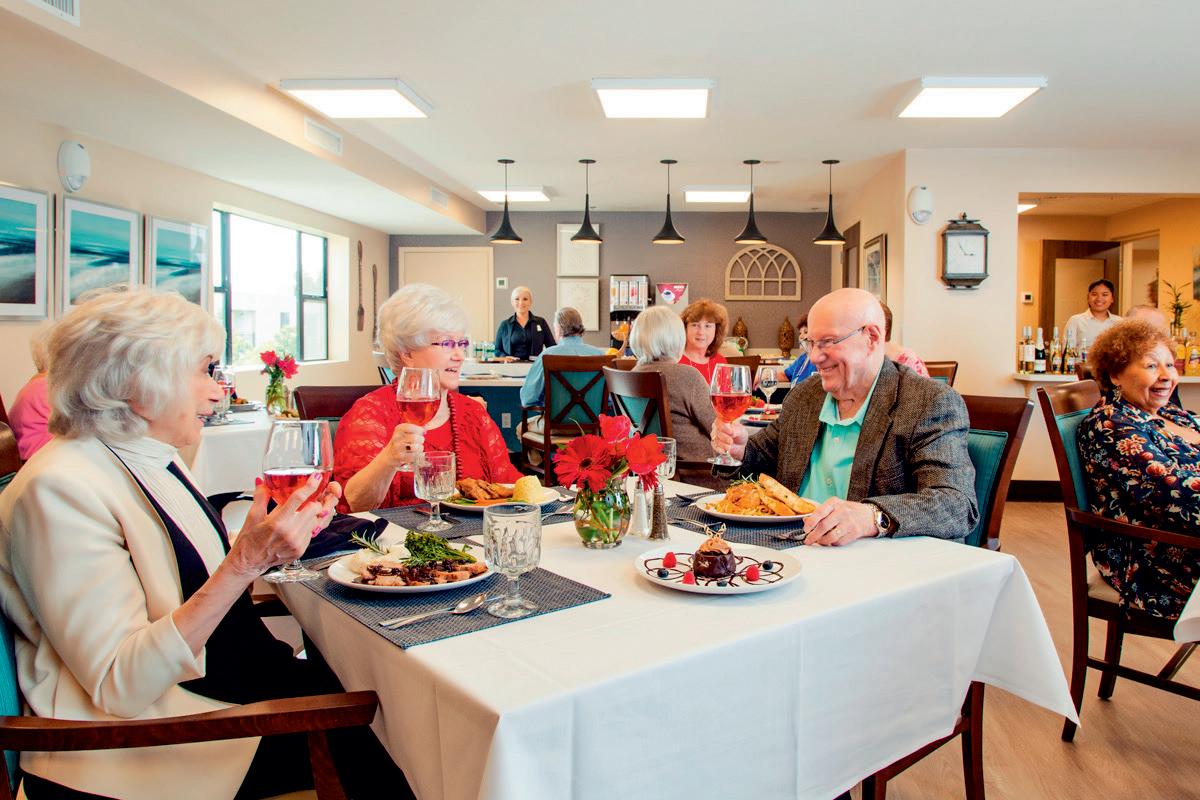
T Come learn about our h e p r ou d l o cat i o n o f t h e
Jewi s h F a m il y a nd C h i l d r e n ’s S e r vi c e
S e n i o r E n ri c h m e n t C e n t e r
$10 MILLION RENOVATION!
OFFE R I N G A C O M P L E T E
C ON T I N U U M OF CA R E
A ssist e d L iv i ng + M e m o r y C a r e
S kill e d N u rs i ng ( H S A G Plat i num L e v e l )
I n d e p e n d e n t L iv i n g
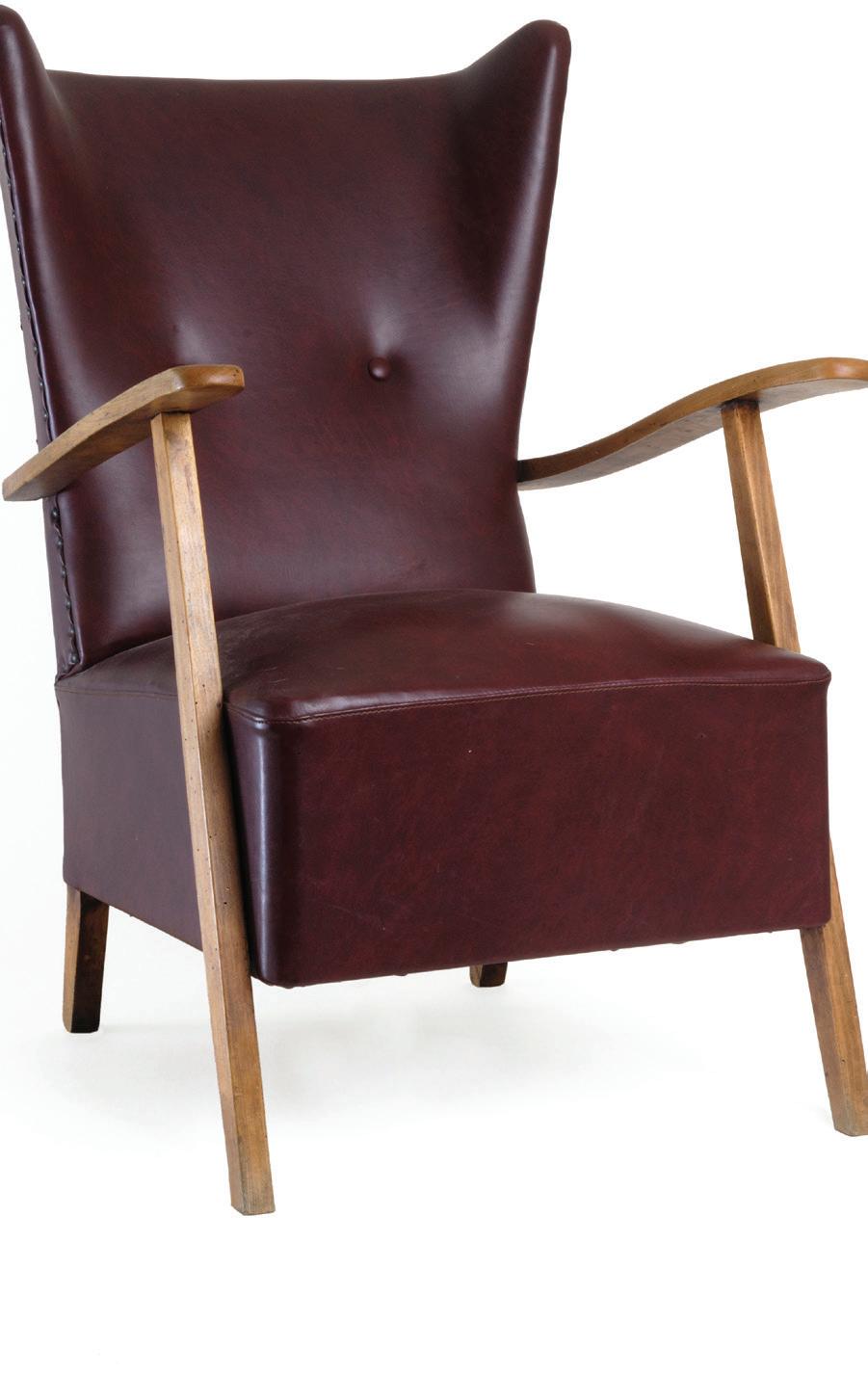

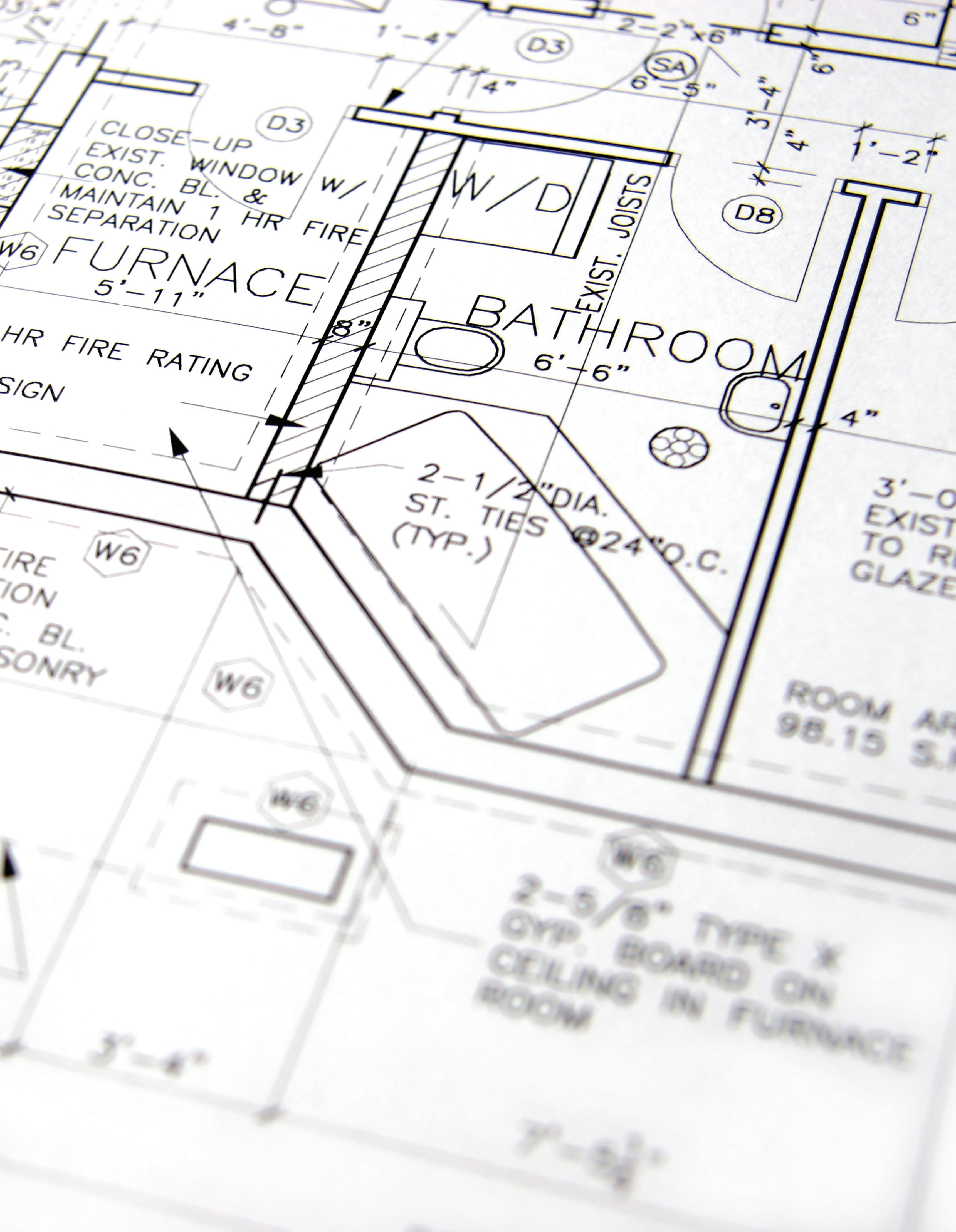
Publisher
Jewish Community Foundation of Greater Phoenix
Editorial Director
Liz Spikol
Managing Editor
Rich Solomon
Special Content Editor
Leisah Woldoff
Account Executive
Jodi Lipson
Director of Production
Jennifer Perkins-Frantz
Art Director
Frank Wagner
Circulation
Bill Sims
EDITORIAL DEADLINE
Noon Tuesday, nine days prior to publication
ADVERTISING DEADLINE

11 a.m. Friday, 1 week prior to publication
12701 N. Scottsdale Road, Ste. 206


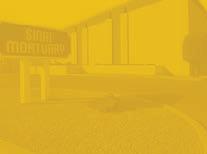
Scottsdale, AZ 85254

Phone: 602-870-9470
Fax: 602-870-0426
jewishaz.com
©2019. Phoenix Jewish News, LLC. (ISSN 1070-5848) is published less than weekly by Phoenix Jewish News, Inc., dba Jewish News. A subscription is $48 per year, payable in advance to Jewish News, 12701 N. Scottsdale Road, Ste. 206, Scottsdale, AZ 85254, telephone 602-870-9470. Periodicals postage paid at Phoenix, Arizona. POSTMASTER: Send address changes to Jewish News, 12701 N. Scottsdale Road, Ste. 206, Scottsdale, AZ 85254
Herewe are again with another issue of the Jewish News’ Best of ..., which explores various facets of Jewish life in the Valley. Last year we highlighted Phoenix arts and culture; the year before, we focused on philanthropy. This year, we went in a different direction, with the Best of Home & Design.
Home, as a concept, is an apt topic for a Jewish publication. No matter the degree of our religious observance, home is often the center of our Jewish lives, where we first learn, with plenty of hawk-eyed parental supervision, to light the menorah or the Shabbat candles. Home is where we gather with family, where we eat Passover seders and check for afikomen under couch cusions. Home is our sacred safe space when nothing else is open to us: Jews who were punished for public observance furtively practiced rituals inside. Home is ... well, there’s no place like it.
Of course, these days, the meaning of home may be a bit more pedestrian — getting there often means kicking off your shoes and getting comfy on the sofa for some binge watching — but it’s
still a respite from the outside world. And as we’ve learned from our Home & Design columnist Barbara Kaplan, who’s written many times for us on the importance of bringing your whole self to decorating, there are many different ways to express yourself through the place where you live. Sometimes that means making choices related to energy efficiency or technology. Sometimes it’s about a backsplash. Sometimes it’s the kind of landscaping you do in the yard. One things’s for sure: People in the Greater Phoenix area are endlessly creative when it comes to making a house a home, and just a few of those people are featured in these pages.
As we do every year, we put a call out for nominations. The winners are featured inside; we talked to each of them about what they do, what makes them successful, and how their business is changing and evolving.
Of course, there are so many more people who could have been included, and we hope to hear from you about them in the future for our Home Design & Real Estate special sections, which run once a month in the pages of the Jewish News. For now, though, this will give you just a little taste of what Jewish Phoenix is up to.
Thanks for reading! — Liz
Spikol, Editorial Director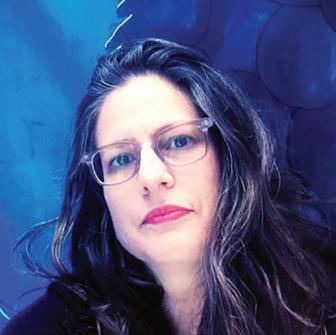
Bar
El Chorro Lodge
Salad Bar
Sweet Tomatoes
Brunch
First Watch Co ee
Dutch Bros. Co ee
Diner
Chompie’s Grocery
Fry’s Food and Drug
Ice Cream/Frozen Yogurt
Zoyo Neighborhood Yogurt
Jewish Deli
Chompie’s
Kosher Bakery
The Baking Studio
Kosher Grocery
Imperial Market & Deli
Liquor Store
Total Wine & More
Pizza
Lou Malnati’s Pizzeria Restaurant
True Food Kitchen
Best Contractor
School/Day School
Pardes Jewish Day School
Public School
Chaparral High School
Hebrew School Congregation Beth Israel
Special Needs School
New Way Academy
Bagel
New York Bagels ‘n’ Bialys
Bakery Chompie’s
Coconut Contracting
Electrician
Saguaro Electric
Flooring
Scottsdale Flooring America
HVAC
A.C. by Jay
Interior Design Chimera Interior Design Landscaper
Desert Foothills Landscape
Alternative Shabbat Service/Programming
Temple Chai
Bachelor or Bachelorette
And did we mention the lap of privacy, too? Those folks that say “you can’t have it all” surely haven’t seen the Casitas at Maravilla Scottsdale retirement resort.

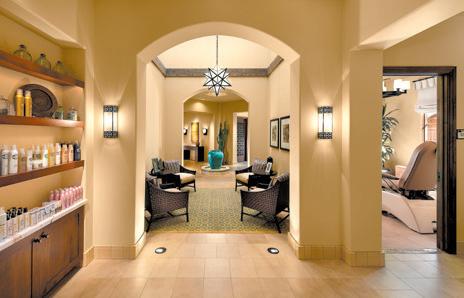
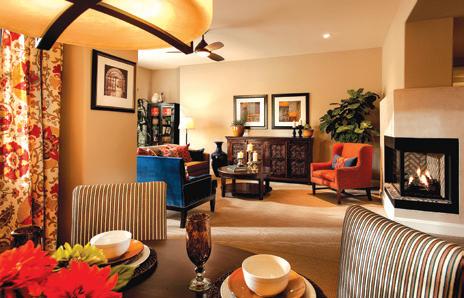
The Casitas are 1,750 to 1,900-square foot homes with their own, private garages in a European motor court design. They have brick pavers on the outside and all the luxury you can imagine on the inside.
The Casitas give you privacy. And the retirement resort of Maravilla gives you everything else socializing, fine dining, a central clubhouse, world-class pool & spa, and more. Much more.

The lap of luxury indeed.

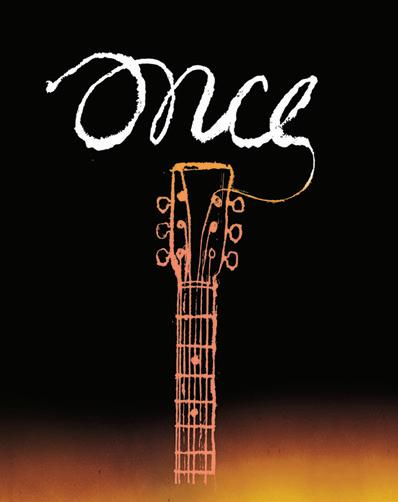

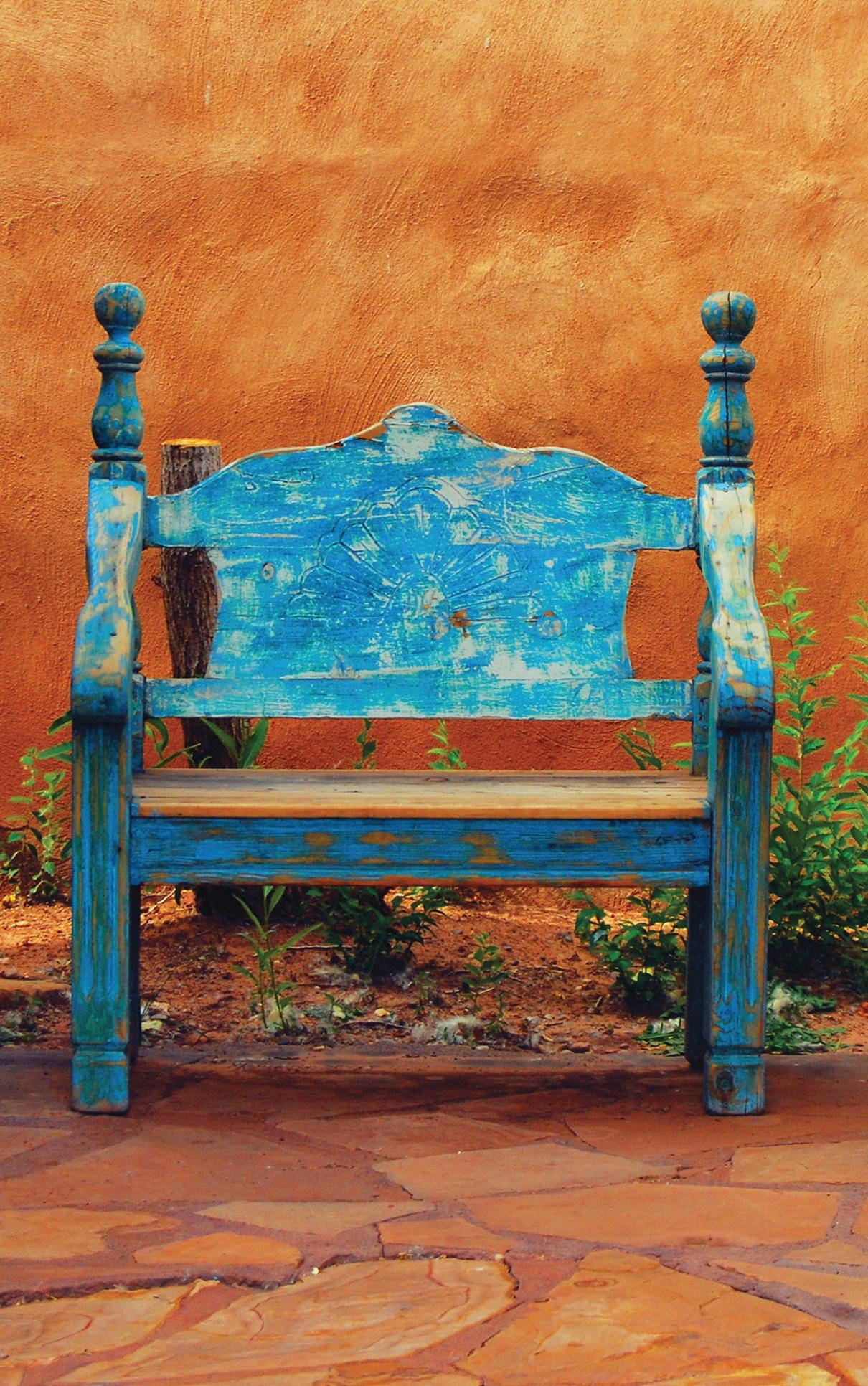
If you’re planning on doing some updates this year, take note of these hot home features.
is constantly evolving, and trends seem to be changing faster than ever. While 2018 was the year of rose gold, bold floor tiles and shiplap on just about every surface imaginable, 2019 offers a fresh approach to decorating with new technology, colors, appliances and fixtures. Here, we take a look at five hot trends that are making their way to stores, living rooms and Pinterest boards this year.
Long before organizing guru Marie Kondo inspired a nation of homeowners to remove from their houses anything that doesn’t spark joy, the concept of minimalism had been gaining in popularity.
“The biggest trend I’ve been seeing — and it seems like this has been building since about 2010 — is that people are interested in simplifying their homes,” says Scottsdale-based architect Michael Higgins.
Embracing minimalist design and eliminating visual and physical clutter allows your decor to become more focused. The pared-down aesthetic lets the architectural details of your home shine through.
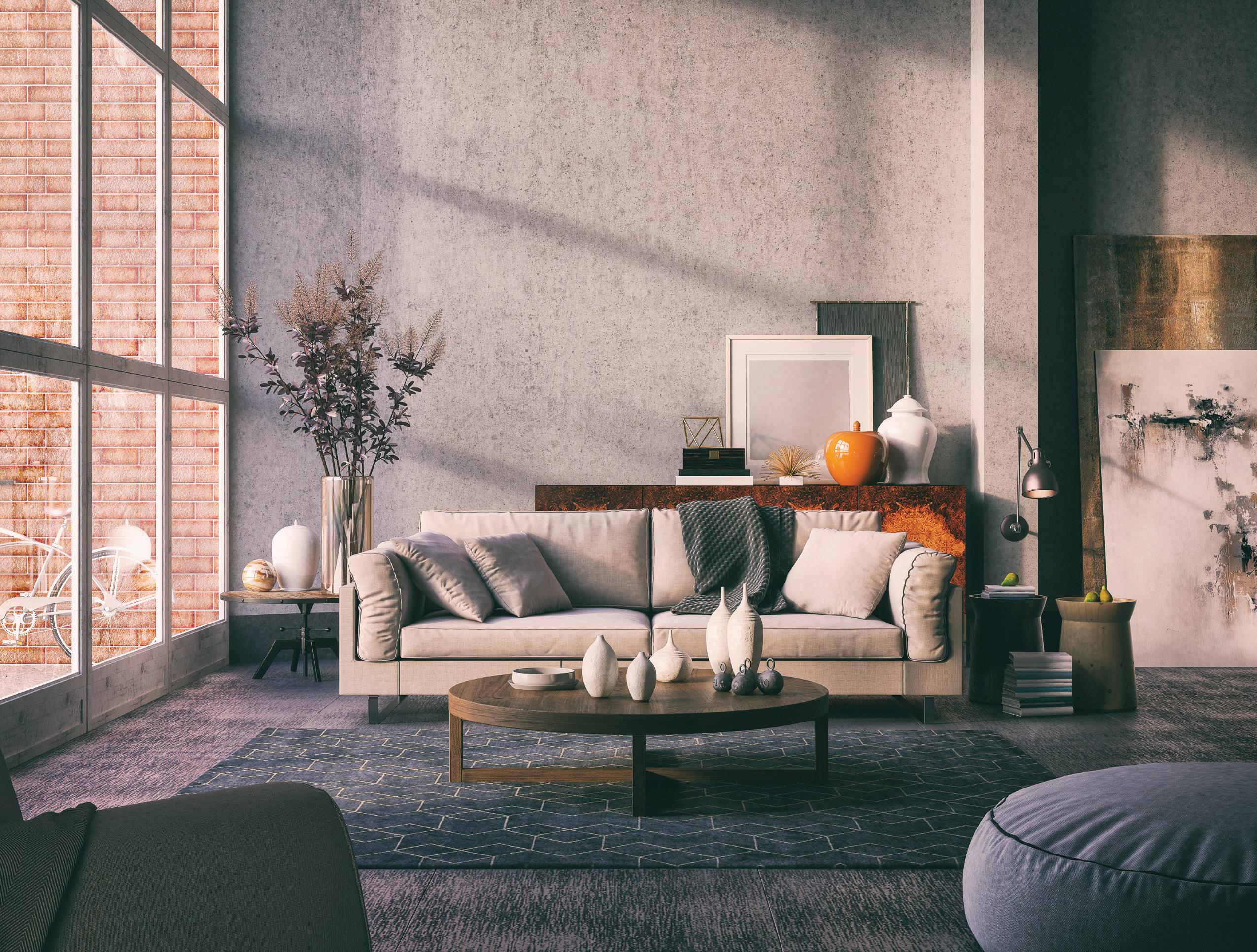
“Most people today want a house that’s clean and uncluttered,” says Realtor Stacie Lee of Berkshire Hathaway HomeServices Arizona Properties. “I’ve had homes appraise for more than I thought they would simply because they were exceptionally clean and uncluttered.”
The kitchen is the most important room in the house, and in recent years, stainless steel appliances and white cabinetry have dominated its look. But manufacturers are betting that once you see their newest releases, you’ll want to swap out the neutral shades for some bright, playful hues.
Color was all the rage at the recent Kitchen and Bath Industry Show, North America’s largest trade show dedicated to all aspects of kitchen and bath design, held this past February in Las Vegas. Appliance makers, such as Dacor, Smeg and BlueStar, showcased ranges in bright blue, dishwashers in canary yellow and refrigerators in blood red, while cabinet companies offered contemporary high-gloss finishes in a rainbow of Crayola shades to match.
Lee notes that she’s starting to see an upswing in brightly colored appliances in homes on the market, although buyers still prefer white or espresso cabinets. “I can see how the vibrant appliances might work in some of the hip neighborhoods, such as Arcadia or Central Phoenix,” she says. “But I think it’s better to keep it classic with a bit of a modern twist.”
For those looking for a fresh update who aren’t ready for a bold change, subtle alternatives to stainless steel, such as black stainless and soft golden hues, will also be hitting the market in coming months.

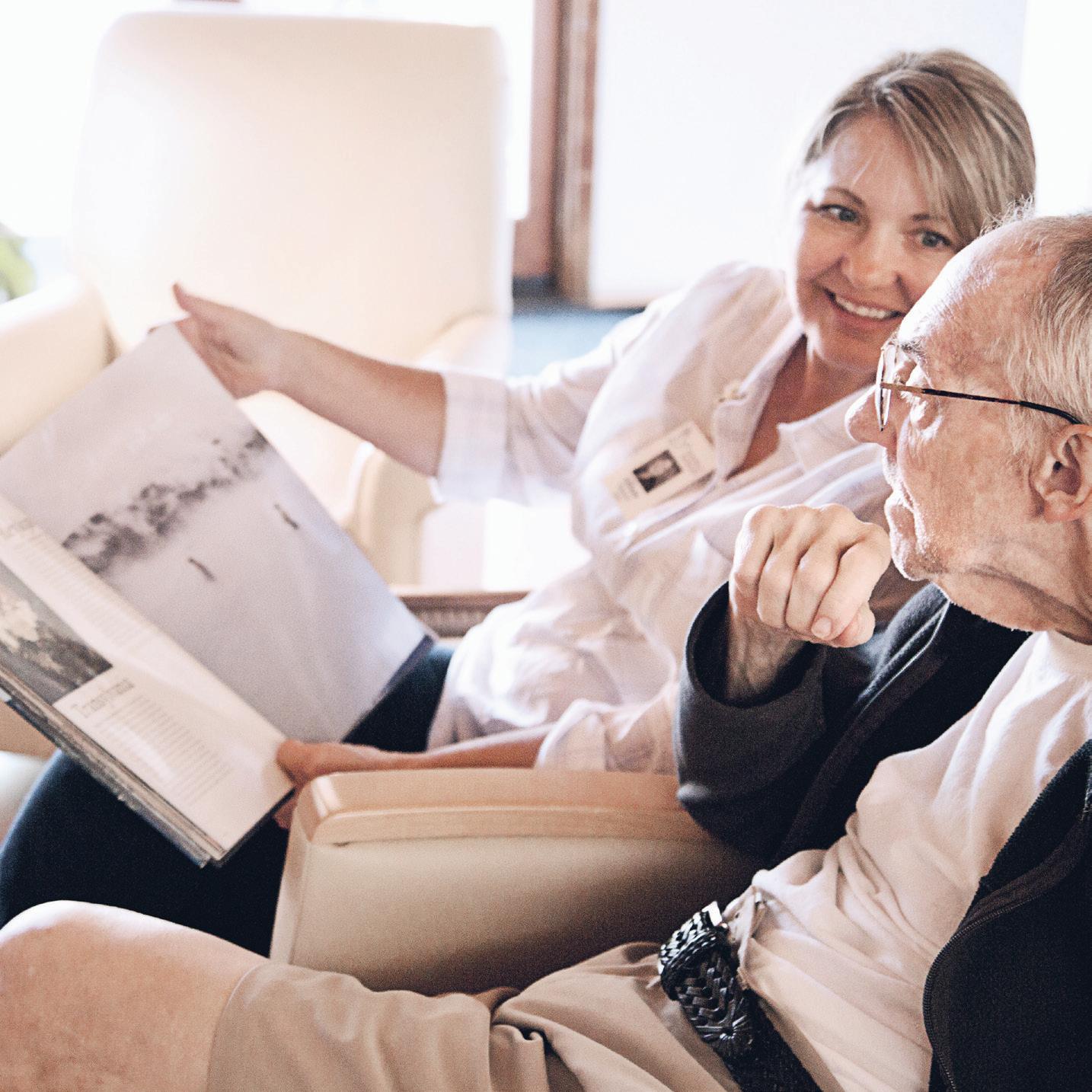
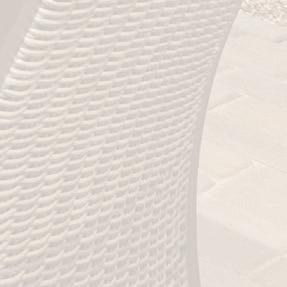

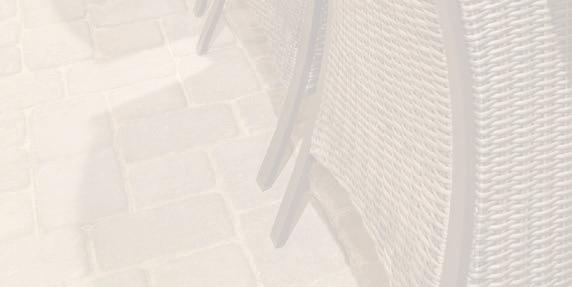
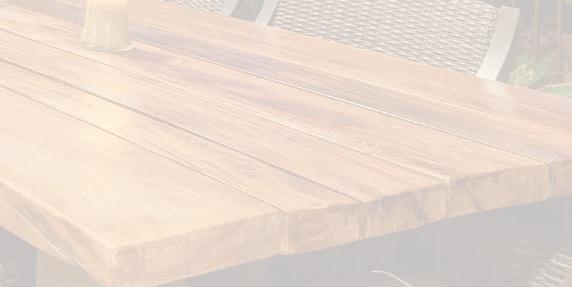
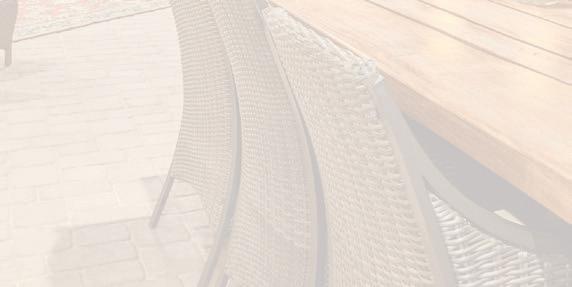
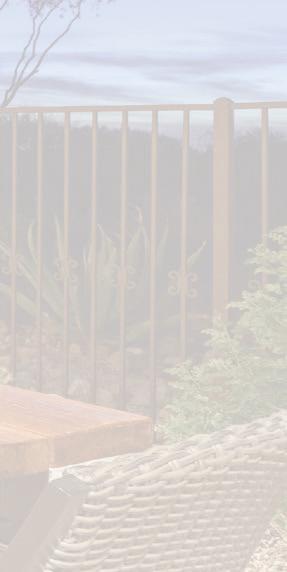
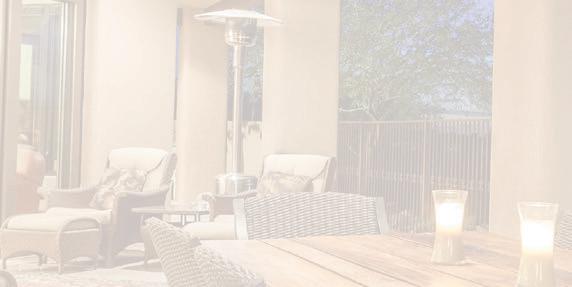

“Bringing color into tech experiences, such as appliances, connects us with what we’re needing and what we’re missing,” says celebrity interior designer Genevieve Gorder, who introduced Samsung’s latest colorways, Tuscan and Champagne. “The warm colors add a bit of life and earthly resonance, as well as a bit of fashion. It’s a beautiful trend that I don’t think is going anywhere soon.”
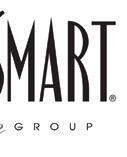

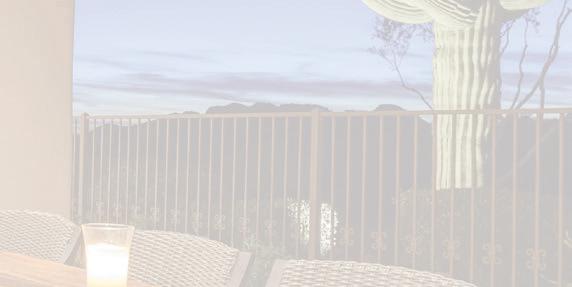
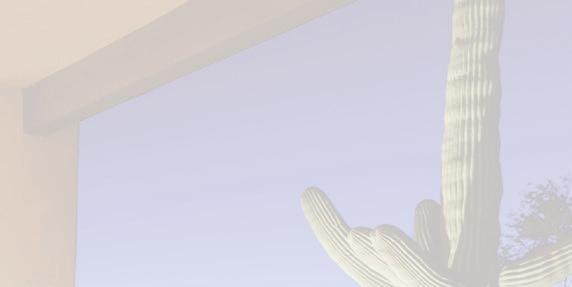
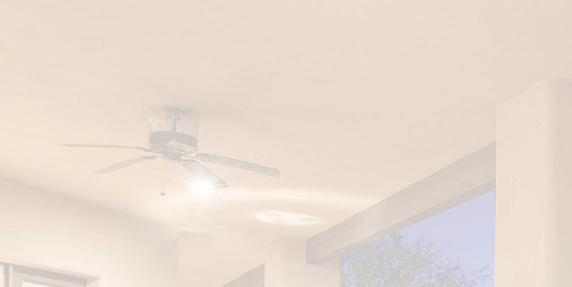

Home automation may not, at first glance, be a visual element in a room, but the right system can enhance everyday features, including lighting, sound, temperature and even cooking. As Alexa, Google and Apple home devices become more commonplace, manufacturers are rushing to create products that can be controlled by app and voice commands.
The kitchen is leading the way in these home innovations. There are stoves that can be turned on with the touch of your finger while you’re on your way home from work; refrigerators that keep track of the contents inside and alert your phone when you run out; range hoods that feature built-in touch screens that allow you to do everything from adjusting air intake to perusing recipes; and even digital backsplashes that turn the entire kitchen into a technology hub.
In the bathroom, electronic touch panels can control everything from water temperature and pressure to lights — including in-tub and in-shower chromatherapy functions — to music and TV. Automatic sensors in toilets and faucets allow you to turn on the tap and open and close the toilet seat with the wave of your hand.
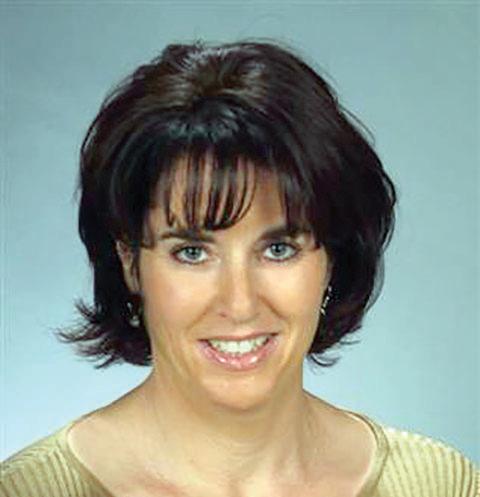
“It used to be that when people built houses, all the plumbing fixtures looked the same. Now we’re seeing a mix of brass,

bronze, stainless steel, copper and more,” says Higgins. Black metal is having its moment, showing up in sink faucets, drawer pulls and knobs, and light fixtures. Brass — no longer the shiny, lacquered statement of the 1980s — is also showing staying power, with elegant finishes including satin, antique and burnished. For an updated look, install a black bathroom faucet that features interchangeable brass handles, or accent the stainless drawer pulls in your kitchen with complementary blackand-silver knobs. Even appliance manufacturers are getting in on the mix-and-match trend, offering refrigerators and ranges with door handles in a variety of metal finishes that can be swapped out as tastes change.
“Mixing and matching of knobs, pulls, lighting and kitchen hardware is definitely here to stay,” says Gorder. “It’s all about balance. You can have the black wrought-iron knobs with a brass sink faucet and pewter pulls, and it’s OK.”
Natural wood, used as an architectural element, furniture piece or even an exterior feature, adds warmth to a home. Shiplap, a popular wood accent introduced by Chip and Joanna Gaines on their HGTV show, “Fixer Upper,” has been a staple of home design for the past few years, although Lee notes that interest in

the material is waning due to overuse.
Higgins, who is known for his modern farmhouse designs, says that many of his clients want barn-wood ceiling beams. Live-edge wood accent tables and island countertops, rustic reclaimed wood paneling on walls and ceilings, wood furnishings and pale-hued weathered wood flooring — along with other raw elements such as concrete floors and countertops, stone facings, exposed brick and live plants — give a home a welcoming feel.
Neutral paint colors that meld with the landscape also add a natural touch.
“We’re in the desert, and the colors that best suit our sunsets, our clay mountainsides and our boulders are more earthen shades,” says Scottsdale-based interior designer Mary Meinz. “And if the trend isn’t earthen, then we may be out of sync with the trend but we’re in sync with our surroundings.”

For Meinz, however, the biggest trend any homeowner can follow is to surround themselves with things they love.
“I believe in timeless design, and it’s really important for anyone doing their interiors to be comfortable in their own surroundings, trend or not,” she explains. “My business card says, ‘Live with what you love,’ and that’s what I believe in.” JN

Afterworking as a sales representative for several glass companies over a 20-year period, Dennis Rusk fulfilled his dream of becoming an independent business owner after he and his wife, Lori, purchased ABC Glass Co. in 2001.
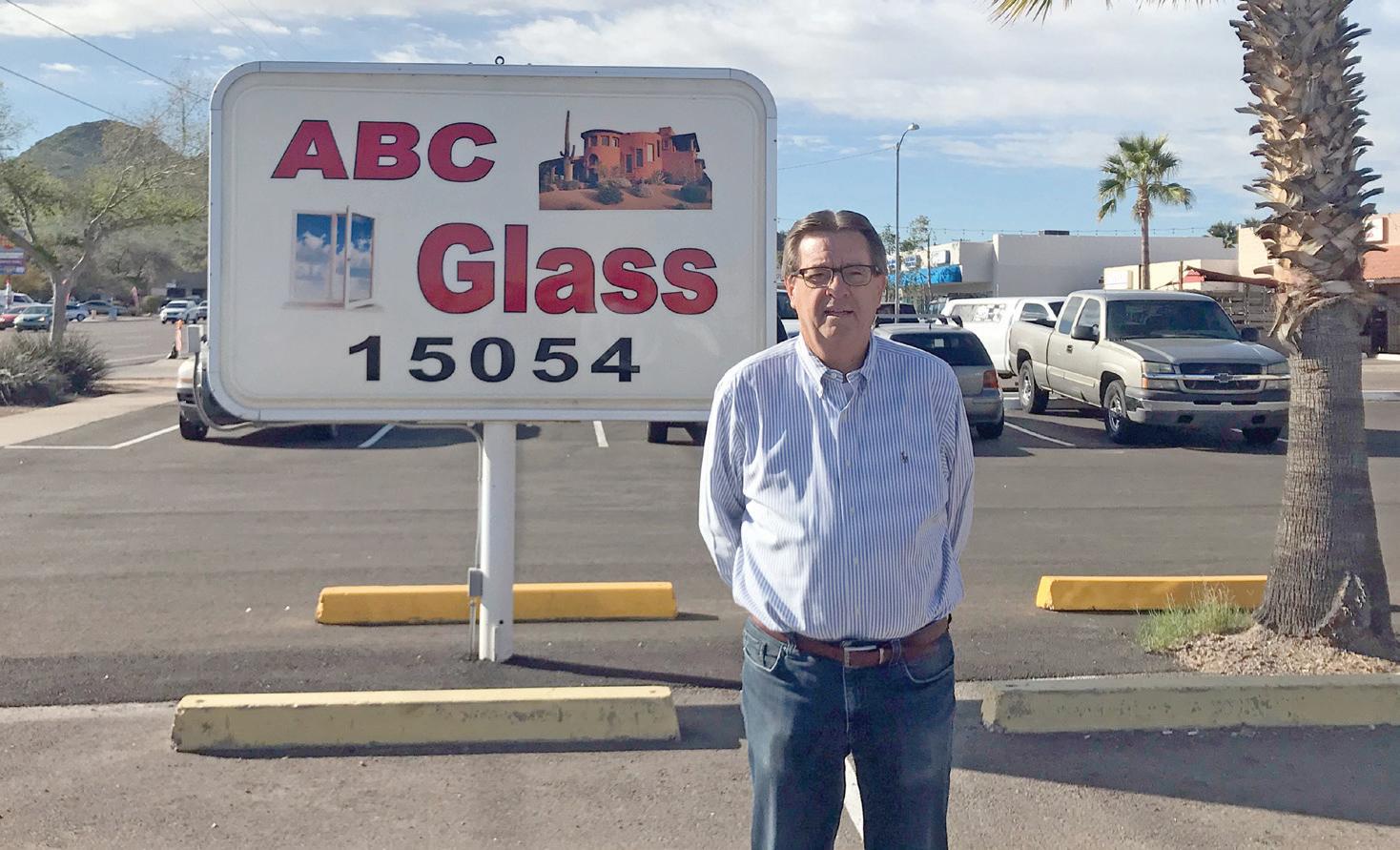
ABC Glass Co., which was originally founded in 1973, is a full-service glass shop in Phoenix with both residential and commercial divisions.
Services range from custom shower doors and glass tabletops to custom mirrors and windows.
“We’re an old-fashioned glass shop,” Rusk said. “Windows are actually a small part of what we do,” he said — although repairing broken windows caused by golf balls or children’s toys isn’t rare.
People often bring in items that need glass replacement, such as curio cabinets, patio tables, lamps and end tables. They also repair single pane windows and patio doors.
“We don’t just fix the glass, we fix the rollers and clean them up to make them work better,” Rusk said.
People also often come in to purchase parts or to have them drill holes in glass for a variety of projects; one customer even brought in his bong.
The company has often made repairs at synagogues after acts of vandalism.
Occasionally, ABC Glass Co. helps preserve a piece of history, such as when they worked with Kimber Lanning, founder of Local First Arizona, when she moved the historic Wurth House across Roosevelt Street in downtown Phoenix. The house, built in 1911, was renovated and now serves as offices for Local First Arizona.
The house had old wood window frames that were damaged by termites, Rusk said. So everything came out, including the windows. ABC Glass
installed new fiberglass windows that matched the house’s time period.
“We are very proud to be part of saving a bit of Arizona history,” he said.
What services do you provide?
“Our residential work includes mirrors, tabletops, window repair, window glass and full-window replacement, patio door repair and replacement and custom glass for kitchen cabinets, tabletops, shelves, etc.
“Our commercial work includes T.I. (tenant improvement) remodels and new construction. We have done many of the commercial buildings made out of red brick in downtown Phoenix. They mostly want a more modern look and to make them more energy-efficient. Our staff can also install storefronts and doors and we offer a 24/7 emergency board-up service for commercial customers.”
What do you think makes you successful in this industry?
“Being part of the ‘glass community’ for 45 years certainly helps.”
How has the glass industry changed over the years?
“Glass has become more energy-efficient in the window world, with the new energy code helping to save money on utilities and energy.
“Because of the recession, different types of glass, such as colored glass, have gone away so we’re back to basics again. After the Environmental Protection Agency shut down one of the largest suppliers of stained glass, one of the largest distributors in town closed their doors nine months later.”
What’s your favorite thing about what you do?
“There are too many to just pick one! Customer referrals and repeat business, which helps us get to know a customer, is probably the most fulfilling.” JN abcglassaz.com
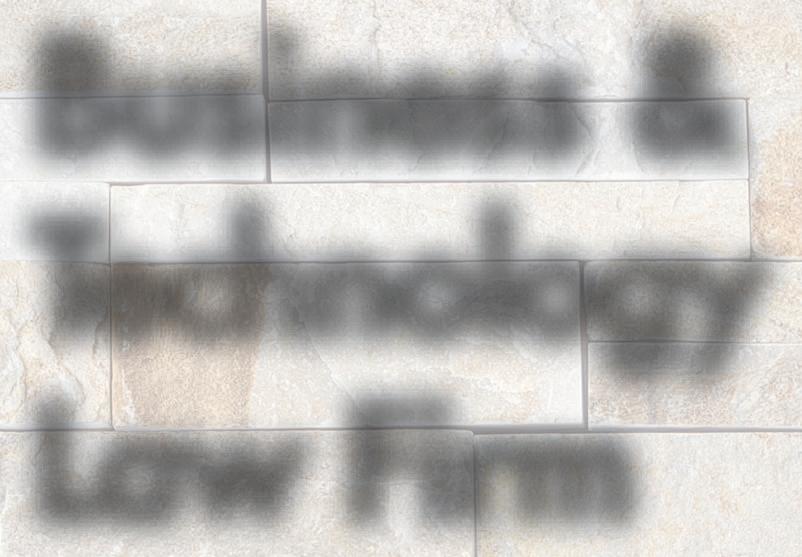
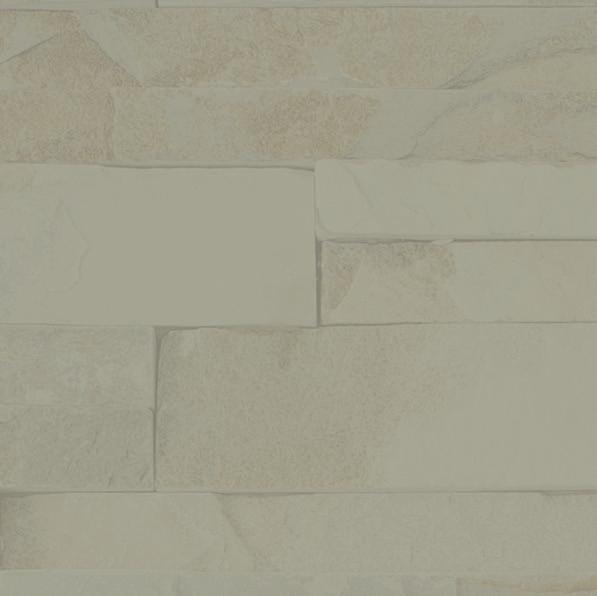
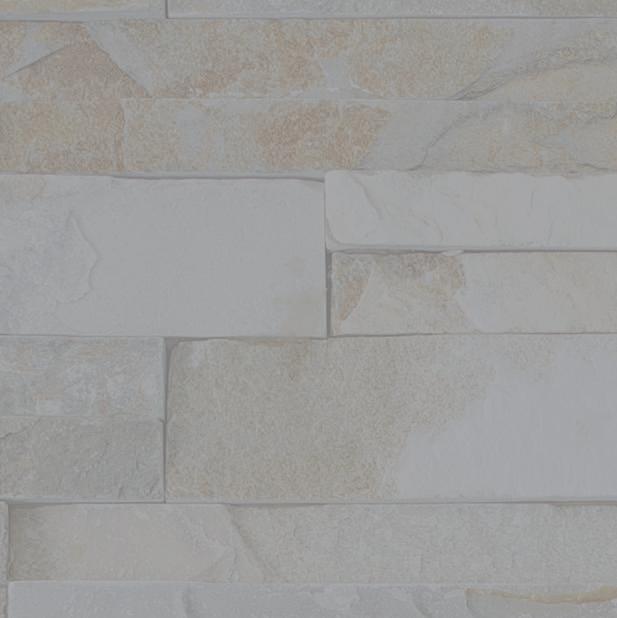

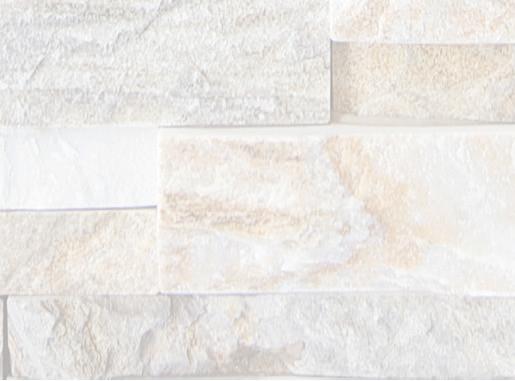

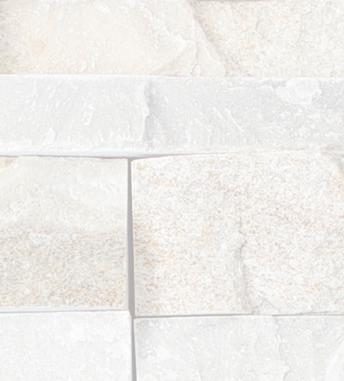

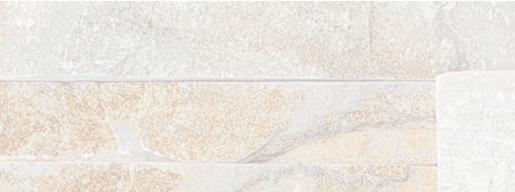
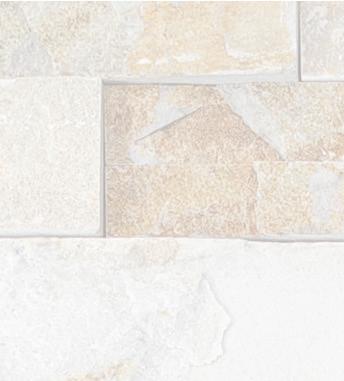
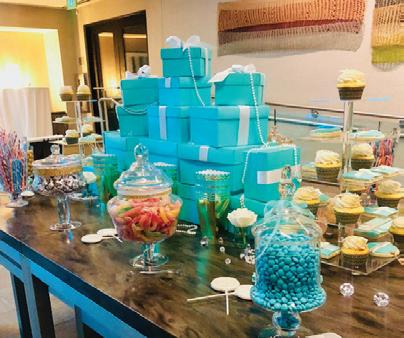
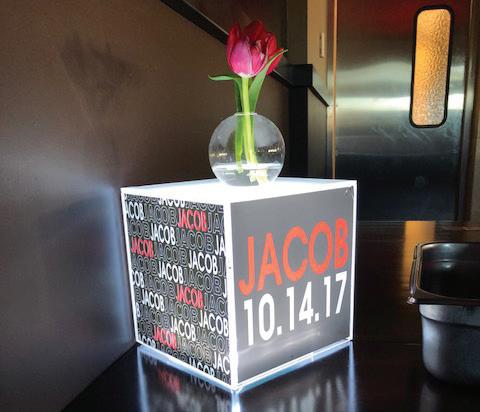
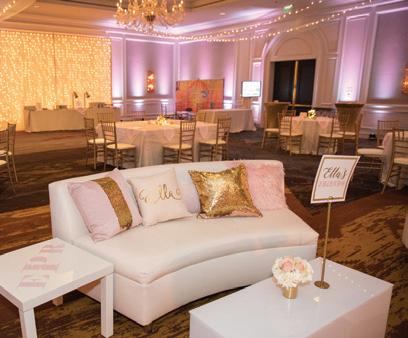


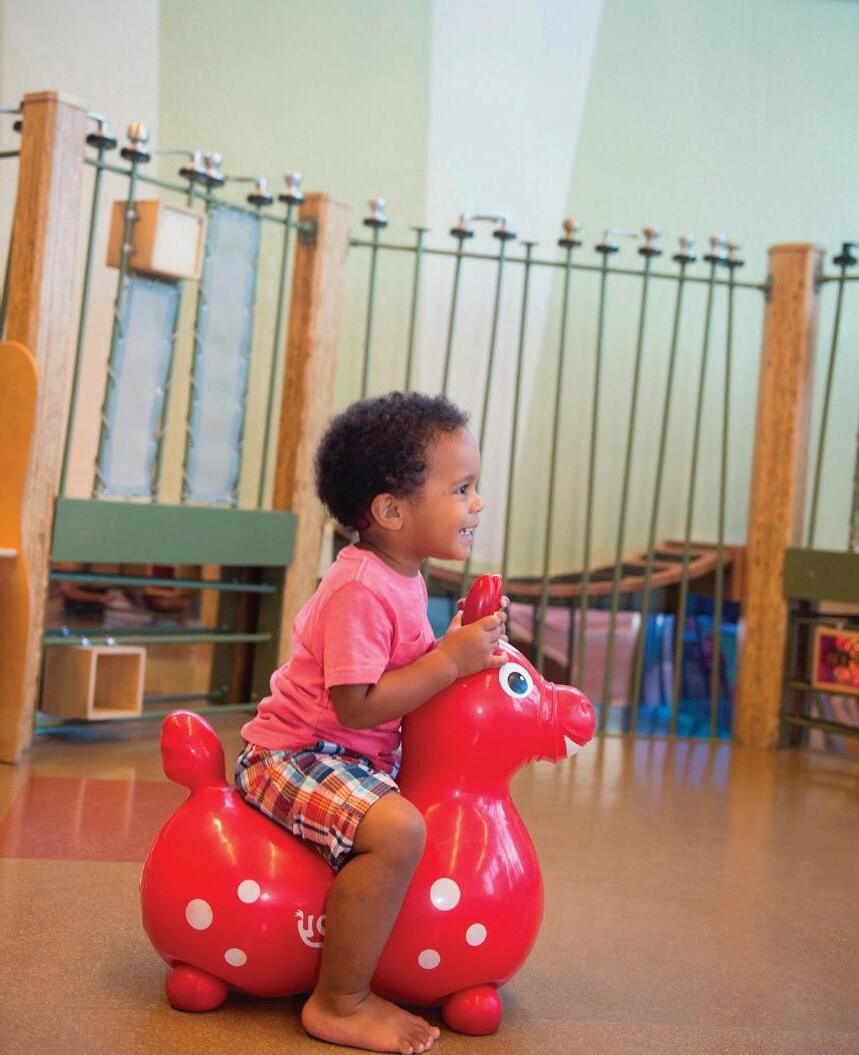

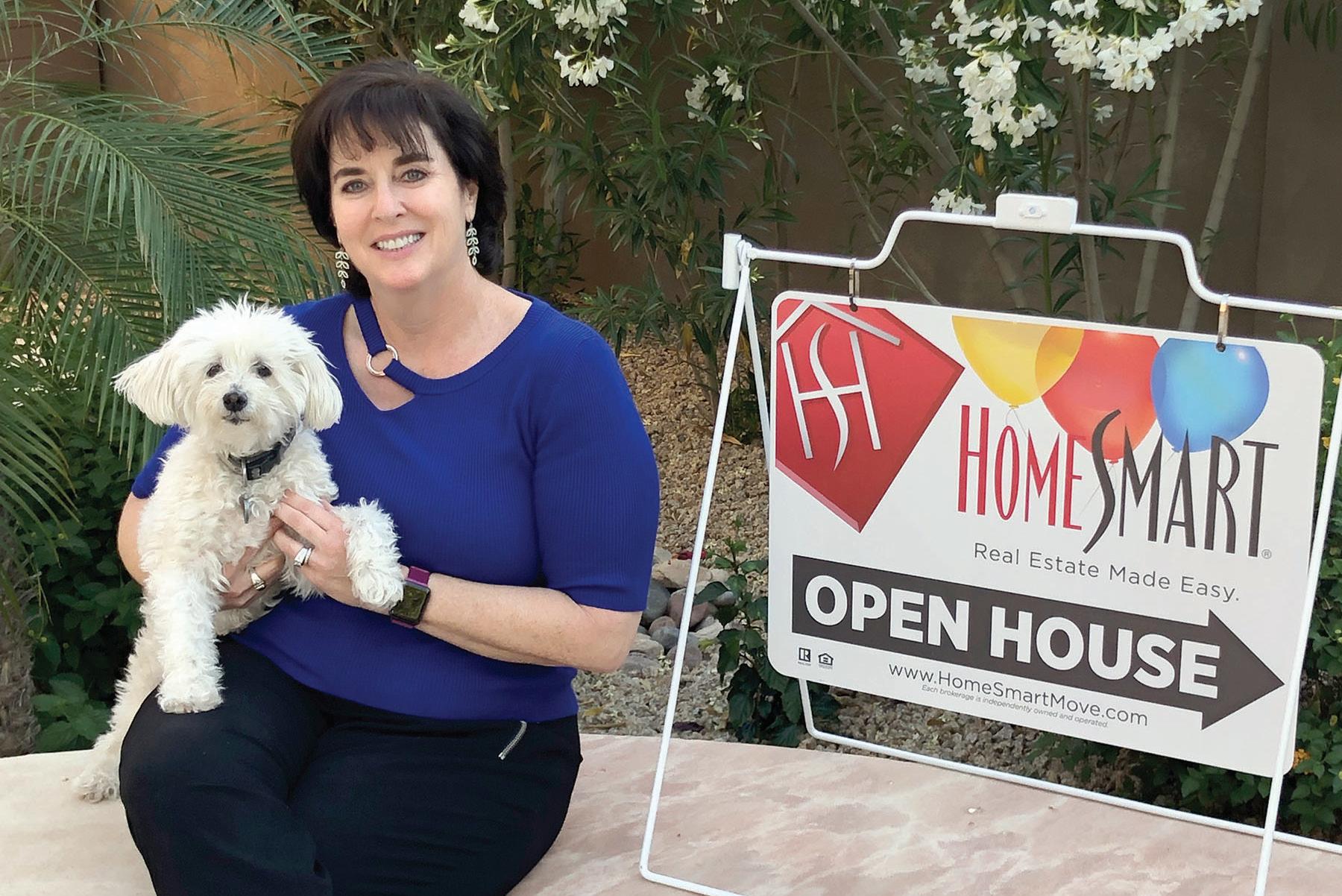 BY LEISAH WOLDOFF
BY LEISAH WOLDOFF
ForAmy Rosenthal, real estate has always been a part of her life. Both her parents worked in real estate — her father’s speciality was commercial and her mother’s was residential.
Soon after she received her college degree at Northern Arizona State University, she decided to also go into real estate. She became a licensed Realtor in 1996 and never looked back. After working in the industry for many years, she returned to school and obtained her associate broker license.
“I guess it has always been in my blood to be a Realtor,” says Rosenthal, a fullservice residential Realtor who helps clients buy and sell real estate. “I love living in Arizona and enjoy helping families relocate to the Valley of the Sun.”
What do you think would surprise people most about the real estate industry?
“People typically think that real estate is only a buyer’s market or a seller’s market. People may be surprised that buyers and sellers have opportunities available to them in every market. Consulting a licensed Realtor and discussing your goals can help you achieve those goals, even when it seems like an uphill climb.”
How has the industry changed over the years?
“The internet has been very helpful in advancing the real estate industry. Buyers and sellers can now do their own preliminary research about the market on their own computers. Buyers can research spe-
cific areas and amenities prior to spending time looking at properties to ensure the location fits their needs.
“The internet has also brought about some great programs such as Docusign which allows clients to sign documents on their phone and other devices without having to inconvenience themselves with set appointment times and locations.
“With that being said, there is also a lot of misinformation on the internet and it is more important than ever for a buyer or seller to consult a licensed Realtor to help them navigate and understand all the information that is readily accessible on the internet.”
What do you wish everyone knew about real estate?
“There are so many great things about owning real estate, especially in Arizona, but real estate is not as easy as it may seem. With so much information readily accessible, it can seem that buying and selling your own home is an easy task. But when dealing with the biggest investment of your life, it is always better to hire a professional licensed Realtor, just as people would consult a doctor when they are sick or a lawyer when they need legal assistance.
“The real estate rental market is extremely healthy in Arizona. Whether you are looking to offer a furnished or unfurnished rental, the property appreciation has been
very solid and the rent can help offset the mortgage payment giving the owner a nice equity position on their investment.
“Using a licensed Realtor can save a client a great deal of time and money. There are so many deadlines in our contracts that if not met, can put a buyer or seller in breach of contract which could really be costly to them.”
What is the biggest challenge for the real estate industry?
“The abundant misinformation that is found online these days. Websites are popping up at an alarmingly fast pace with incorrect information and it is difficult for a client to know if what they are reading is true or false. This misinformation can end up costing buyers and sellers thousands if not tens of thousands of dollars.”

What do you think makes you successful in this industry?
“I feel my success comes from listening to what my clients say (and what they don’t

say). I pride myself in being able to handle my client’s transactions from start to finish so I am a one-stop shop for both buyers and sellers. Remaining flexible as an agent is also key as real estate is always changing.”
What’s the most memorable project you’ve worked on?
“During the downtime in the market, I helped a young family sell their home via a short sale. It was a challenging transaction but eventually it worked out and I was able to find them a home that better fit their needs.
“After that, the wife’s parents moved to town and I was able to help them find a lovely home that was close to their daughter, Then two years after that, I helped the husband’s parents move to the Valley and find a house that fit their very specific needs. I love being their family Realtor and have grown close with all of them.”
What organizations are you involved with?
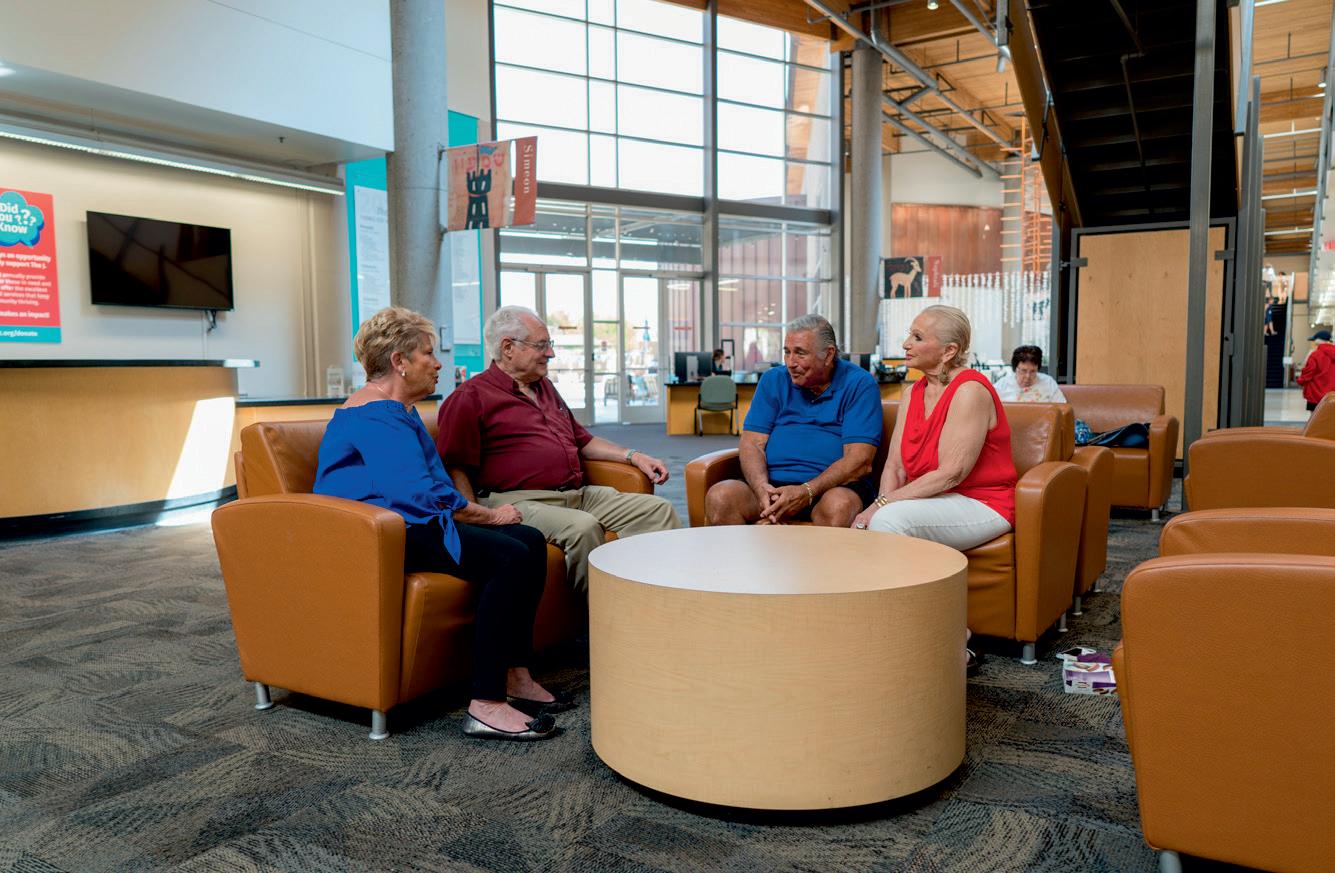
“I am involved with the Giving Group, a
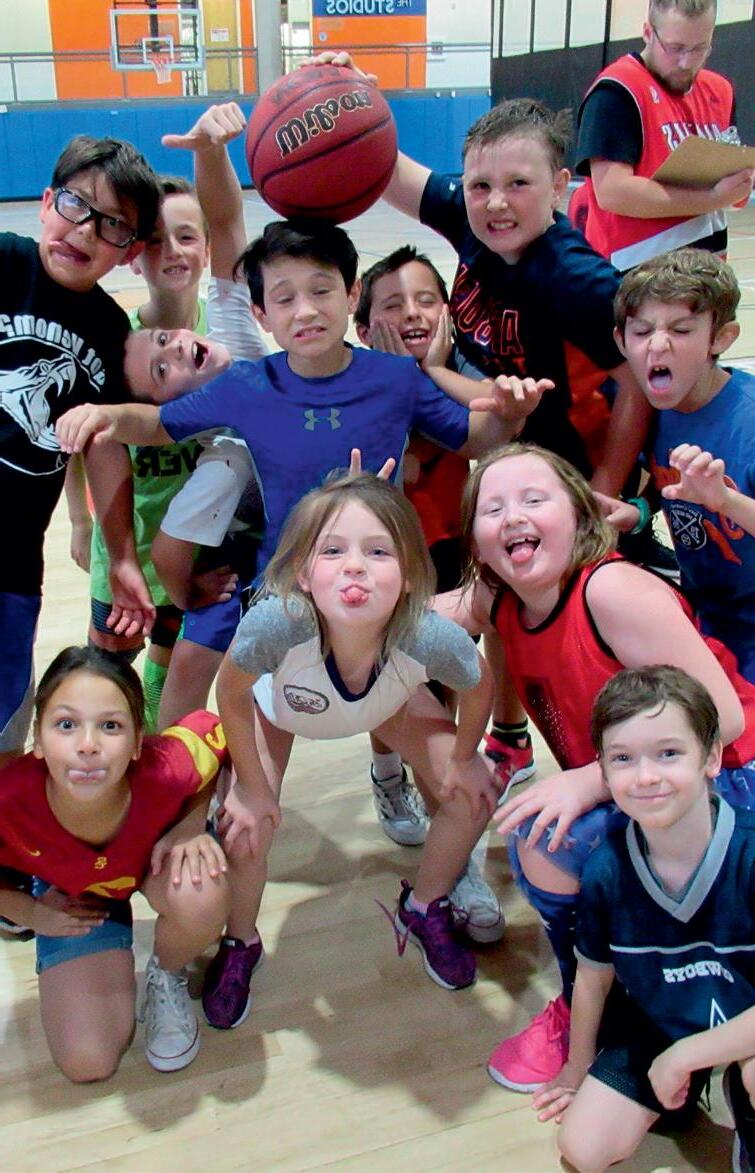
group of over 100 professionals who are mainly involved in the real estate field in one way or another (lender, title rep, etc). We meet once per quarter and each member donates $100 per quarter. Members are given the opportunity to tout a specific charity that has meaning to them and afterward a vote is taken and one charity is selected to receive a check for $10,000.
“That type of donation can be lifechanging for a local charity and it warms my heart to be able to participate in such a meaningful group.”
What’s your favorite thing about what you do?
“My favorite part of my job is meeting new people all the time and helping them realize their dreams through owning real estate.” JN
amyrosenthal.com
AmongOld Town Scottsdale art galleries and trendy restaurants is Buffalo Collection, a furniture and accessories store whose story begins with a herd of bison on a Colorado ranch.
In 1999, as part of a land restoration project, a herd of 300 bison were placed on an overgrazed cattle ranch to bring back the native grasses. After the number of bison grew too large to be sustained by the land, a meat business was started and the hides were tanned and stored. A fourth-generation furniture builder’s visit to the ranch sparked the development of a furniture business and before long, the first Buffalo Collection showroom opened in Aspen, Colorado.
Michael and Laura Levenberg opened the Scottsdale showroom in 2011 and after the original owner retired in 2014, the couple purchased the business. The Levenbergs have been in the art gallery business for a combined 35 years and say it was a natural progression to merge the leather furniture and home furnishings business with an art gallery.
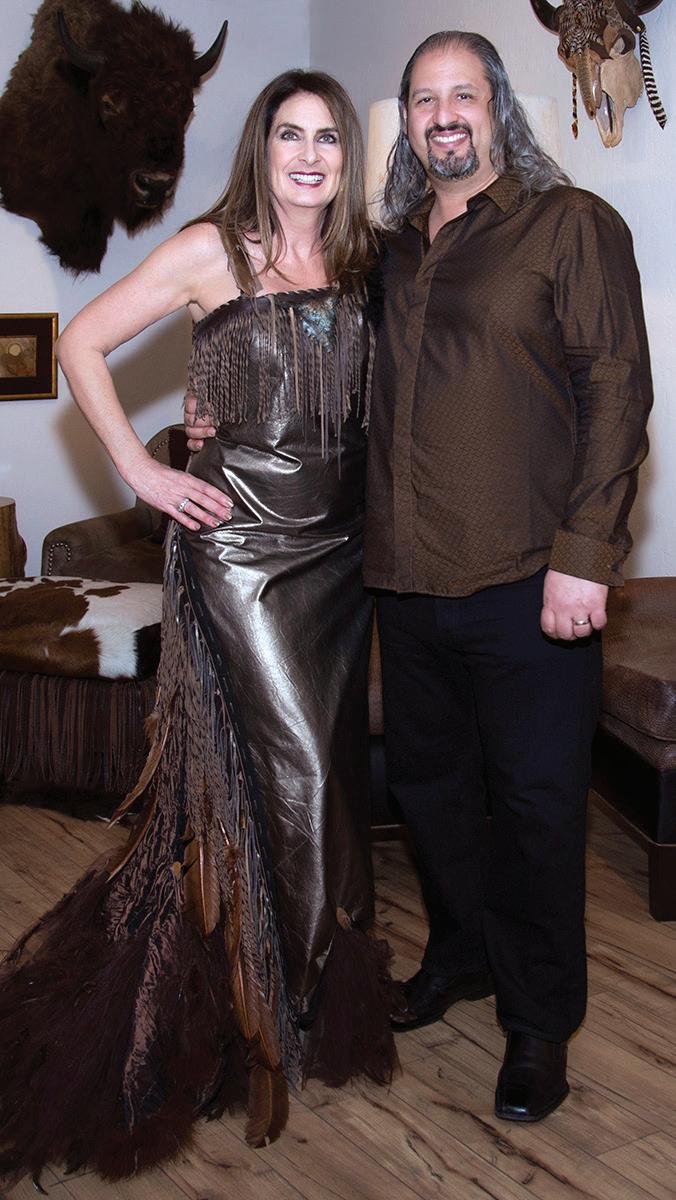
“We specialize in unique, one-of-a kind, handcrafted heirloom quality furniture, custom-made to order in America.
“People can choose their sofa or chair frame style and select from about 50 colors and tan ages of our all-American Bison leather. They can also pick from a variety of wood stain colors and finishes, as well as nail heads or our signature hand-braided details. Choice of seat cushion firmness is also available. We create the perfect piece for your home or office that will not only be the most comfortable but is built to last a lifetime.
“Additionally, we represent over 50 artists and craftsman from throughout the Western states, specializing in woodworking, sculpture, painting, lighting, pillows, etc.”
What do you think would surprise people most about the furniture industry?
“Sadly, the vast majority of furniture these days is mass-produced in China and made to be disposable. The other negative is that the working conditions that are being supported by purchasing that furniture are terribly tragic. However, if the working conditions improved dramatically, it would also dramatically increase the costs
of the pieces in the stores, yet they would still be made poorly and disposable.”
What do you wish everyone knew about furniture?
• “You definitely get what you pay for. The mass-produced inexpensive pieces made in China are built to last for a very short period of time with the intention that you will have to be out shopping for furniture again within a year or two or up to a few years depending on the ‘quality.’”
• “The quality of materials greatly determine the level of comfort. Massproduced pieces typically use the poorest quality of materials therefore the ‘best’ day of comfort is the first day and it will decline everyday thereafter. In sharp contrast, heirloom quality furniture gets better with each day.”
• “Paying more for heirloom-quality pieces of furniture not only enhances your life by providing comfortable seating and preventing unnecessary additions to landfill, but it allows you the chance to have memories built into the pieces that are able to be handed down to family for generations.”
What do you think makes you successful in this industry?
“We are a family business and work with all our clients on a very personal, oneon-one basis, and treat everyone the way we would like to be treated, with courtesy and respect.
“We personally select every piece we show in the gallery, making it a very curated collection, which is ever-changing as pieces find new homes and new selections arrive. Also, since we know all our artisans and craftsman personally,
commissioning pieces for our clients is a wonderful process for everyone involved.”
What’s your most memorable project?
“There have been several, for sure, but one that stands out is when some clients in Malibu, California, called and wanted to see some new pieces in their home. We said no problem, loaded them up and a few days later drove there from Scottsdale. We arrived to a lovely dinner awaiting us and had some laughs together. We accepted their hospitality and later when we transformed their home, they loved everything and the transformation so much that they invited us to do the same for their home in Aspen. And boy, was that a story! We have become great friends and always look forward to spending time together.”
What organizations are you involved with?
“We are members of Local Arizona, supporting local businesses. We also are members of ASID, the American Society of Interior Designers.”


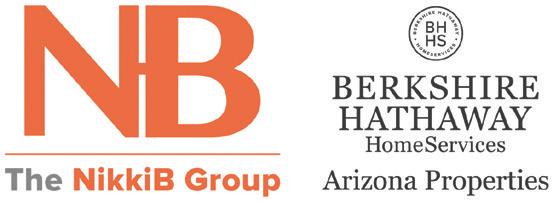
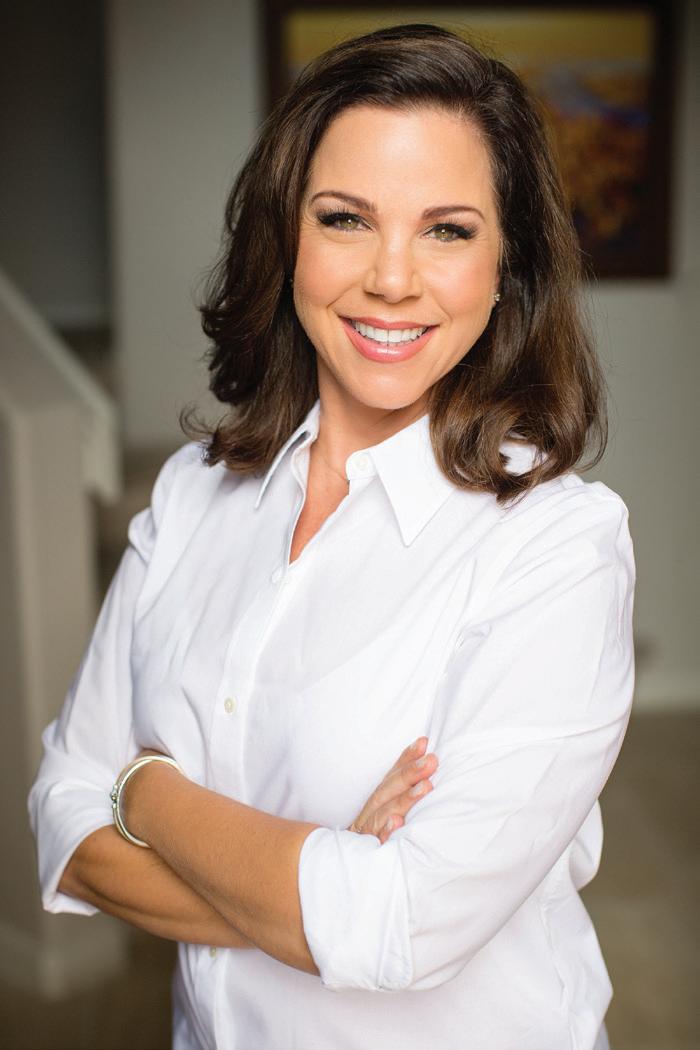

What’s your favorite part about what you do?

“It is most certainly the people we get to meet and work with every day. Whether it’s the people that visit us in our showroom gallery or the artists and craftsmen that we visit in their workspaces throughout the Western states, or the personal relationships we develop and that turn into friendships over the years. We are truly honored to be able to do what we love, helping people create and finish their homes into spaces that they enjoy spending time in, whether alone or with family.” JN
Buffalo Collection
7044 E. Fifth Ave., Scottsdale 85251 480-946-3903 buffalocollection.com




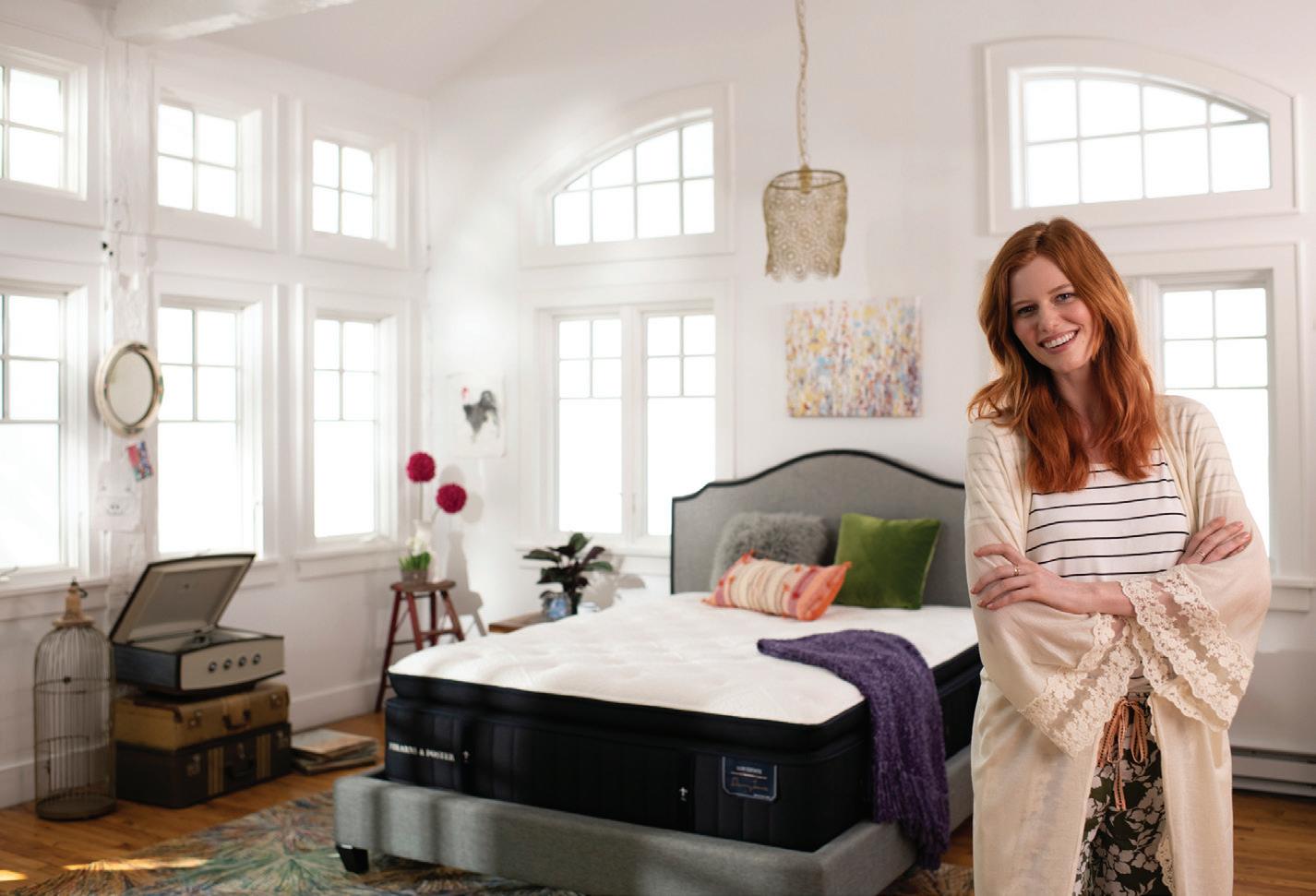
Bed DRS, we pride ourselves on being local to Arizona. Our Sleep Consultants provide years of knowledge, professional experience, and top-of-the-line customer service - making it simple to choose the mattress that best suits you. All at a competitive price! We give you our personalized attention, providing answers to all your questions.
Group works
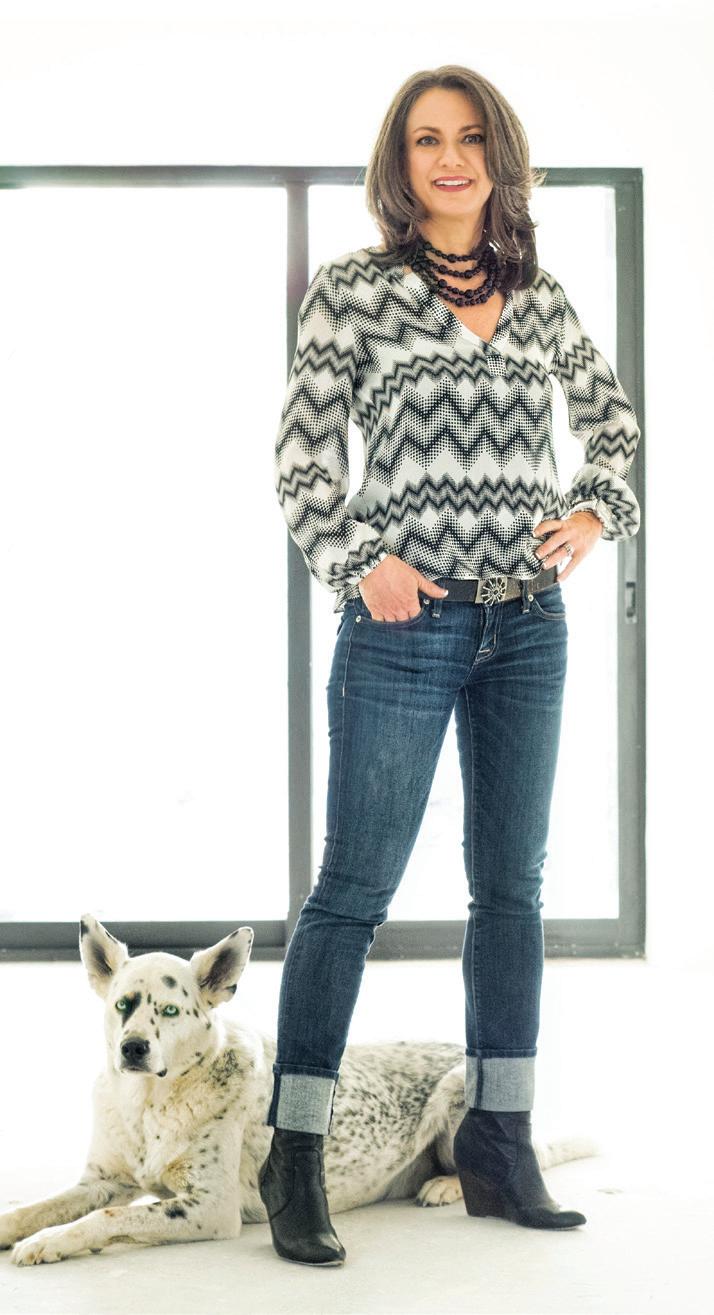 BY LEISAH WOLDOFF
BY LEISAH WOLDOFF
Beforestarting Chimera Interior Design in 1996, Valerie Borden collected vintage clothing and period furniture for several years, leading her to develop an appreciation for detail and workmanship.
Her work is highlighted in numerous publications, including “Better Homes and Gardens,” “Phoenix Home & Garden” and multiple architecture and home style magazines. Her projects have spanned several industries, including hospitality, retail stores, healthcare and even yachts.
Those who have visited Congregation Beth Tefillah’s new home in Scottsdale may have noticed her work, as she created the full interior plan for the facility, which was completed last year.
“The challenge was to retain the small community warmth and closeknit feeling, while envisioning the multiple uses and future growth of the facility,” she said of the project. “The most rewarding design is in the main sanctuary, where I was able to blend contemporary design with a sense of history and spirituality.”
She says this is one of two significant and meaningful projects she completed last year. The second was a three-year remodel of Castle Hot Springs Resort, a project that won her an ASID Design Excellence Award for a Historic Space.
This 130-year-old property, located just west of Phoenix, includes buildings dating back to 1896 as well as new construction, she noted. “I conceived of and completed design and install of the entire resort, including the main lodge, bar, restaurant and all guest rooms.”
Valerie Borden founded Chimera Interior Design in 1996. Opposite page: The historic lobby at Castle Hot Springs Resort, which dates to the late 1800s. Chimera Interior Design gutted and completely designed the interior, including lighting, wall paneling, flooring, all furniture, art and accessories.
What do you think would surprise people most about the interior design industry?
“Portrayals of interior design on TV are mostly inaccurate. Our work goes much deeper than the selection of colors and pillows. Interior designers must have in-depth knowledge of building systems, furniture engineering and construction, lighting design and human interactions within the built space.
“We strive to create environments that
give a sense of well-being. Our interiors are subtle, comfortable, user-friendly, well-lit and built to stand the test of time.
“In many instances, great interior design goes unnoticed. We take this as a compliment, as interior design is about the end user, not the designer.”
How has the industry changed over the years?
“The meteoric growth of the internet over the past 25 years has completely changed both how I do business and how the general public completes projects on their own.
“In the olden days, I kept hundreds of samples and catalogs in the office. I also made use of local design showrooms. Now I go to trade shows once or twice a year to see products in person and do everything else online. My office is a fraction of the size, but my options have no limits.
“The internet has also empowered the general public to research and purchase furniture, art and accessories on their own. I view this as a good thing. Not everyone has the budget to hire a professional, however, they still deserve to live and work in a pleasing and productive space.”
What do you wish everyone knew about interior design?
• “My first piece of advice is to relax and enjoy the process. Let your design evolve and don’t force decisions.”
• “Don’t ask too many people for their opinions. Typically, their answers are based on their priorities and lifestyles. Their intentions are good, but don’t necessarily apply to your situation and can
complicate the project”.
• “‘Buy the best and cry once.’ Yes, quality furniture can be expensive, but it will stand the test of time. All too often, we prioritize budget over quality. In many cases, after a short time the low budget pieces begin to deteriorate. Having shabby furniture defeats the purpose of creating a beautiful interior.”
What do you attribute to your success?
“Our focus is client-centered focus. We create interiors highlighting the occupants, not the design firm. We strive to educate and empower or clients, enabling them to be a central part of the design process. We take budgets and timelines very seriously. Above all, we create stunning and timeless interiors!”
What professional or personal organizations are you involved with?

“I am a member of the American Society of Interior Designers and sit on the board of Congregation Beth Tefillah. Being active in the community is important to me.”

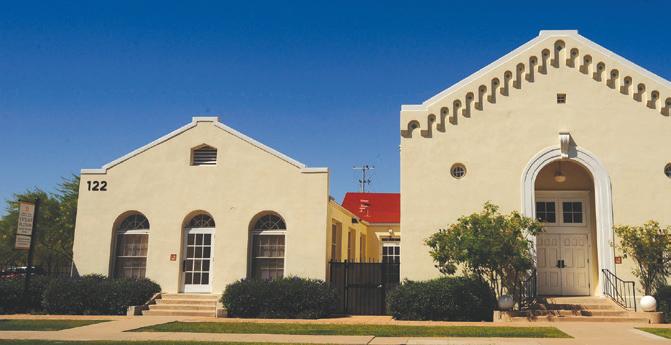
What’s your favorite part about what you do?
“My favorite thing about what I do is the fact that after almost 25 years, I still look forward to going to work every day. Each client and project is unique, encouraging constant learning and growth professionally and personally. I also love my clients!
Interior design is a very personalized

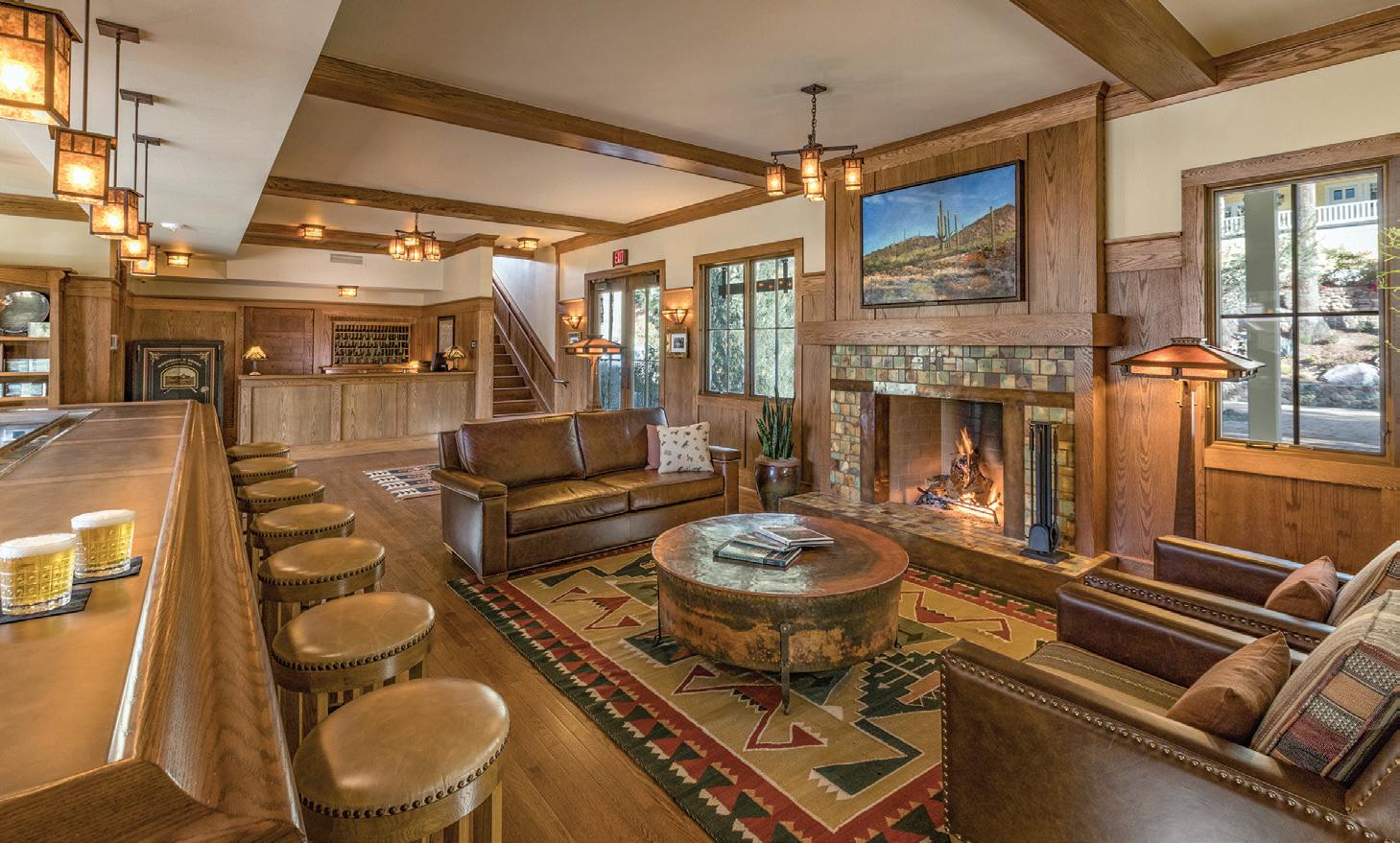
profession, and as I get to know my customers, they begin to feel like extended family.
“My design is about the people using the space, not just the space. I take this responsibility very seriously and respect the difference good interior design can make in people’s lives.” JN chimerainteriordesign.com
DebraWeisberg dreamt of becoming an architect since she was a young girl. “At that time, there were no women architects, but as time changed, I was able to pursue my dream of being one,” she said.
Weisberg, now a licensed architect and a founding partner of DesignLink Architecture & Planning, started her company in 1987, working in commercial, civic, industrial, hospitality and residential. “More recently, we have focused on what we enjoy most, which is residential, hospitality and restaurant design,” she said.
The company, licensed in five states, is LEED-certified and its work has been published in many local and national periodicals.
Weisberg now strives to capture the essence of her clients’ dreams, through personalized design for both architecture and interior design.
“I love design and construction,” she said. “We strive to make our clients happy with our design work, and that gives us the most pleasure when we see their dreams come to life by our hands.”
What do you think would surprise people most about your industry?
“I think people still do not know or understand what architects do. The amount of information we are required to know regarding building materials, codes and city requirements is mindboggling. Our experience through all our years of work is extremely valuable, and people benefit directly by our knowledge and from our professional team, which
includes our preferred contractors.
“What sets us apart is that we do the architecture and the interior design. Because of this, our projects display the goals of the client and are cohesive from inside to outside of the building. Also, because we do the interior design, we are able to keep a handle on the budget. When others come into the process, we no longer control the bottom line.”
What services do you provide?
“We are a full-service firm, offering all services needed from concept to reality. From site selection or site planning, all the way to the finished package and furniture, we pride ourselves in being a one-stop shop.”
How has your industry changed over the years?
“The industry has changed immensely, allowing unlicensed and unqualified people to work in our field. The public does not know these people are not trained in architecture. It is all the experience and professionalism that sets us apart from people who have little or no schooling and licenses and insurances.
“There are many people out there disguising themselves as designers and architects and oftentimes we are the second or third design professional hired to do the job because someone else did not know how to do the job or the end result was not up to the clients’ satisfaction. It is often twice the original amount the owner wished to spend because they did not do their homework.”
Debra Weisberg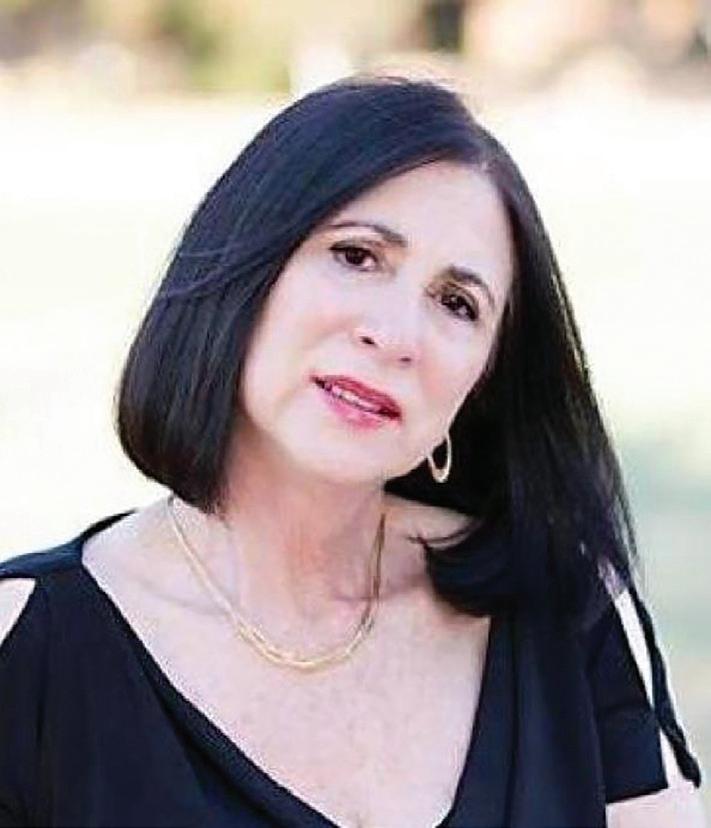
What do you wish everyone knew?
• “Always use a licensed professional to do your project. Knowledge and experience are important to the success of the project.”
• “We encourage people to check references and interview at least two professionals before hiring.”
• “We always itemize the services we are providing in our proposals. The client knows before signing exactly what services we will provide for them. There are no misunderstandings from that point on.”
What is the current biggest challenge for your industry?
“The biggest challenge is educating the client to know why it is so important to hire a licensed professional to do their project. The number of projects we have accomplished through the years helps the individual client avoid all those headaches
that may have been encountered in a similar project. This saves time and money. The cost of materials has increased so much that it is hard to get budgets in line with owners’ expectations. We strive to integrate the building with the interiors. That is what we prefer.”
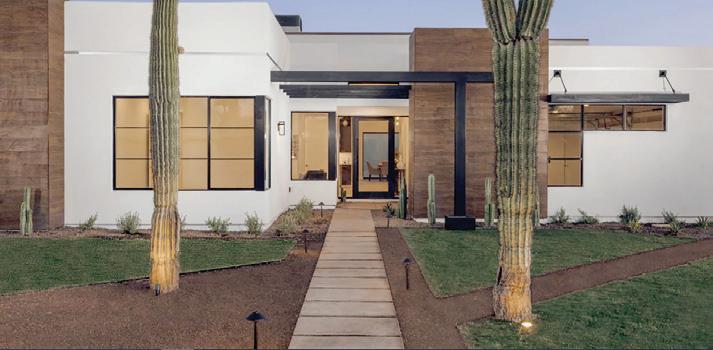
What do you think makes you successful?



“Our design experience and attention to detail have made us continuously successful from the start. But our customer satisfaction and responsiveness set us apart from other firms. We have clients from all over the country who depended on us to take on their project, and some in their total absence. Design/build capabilities are also available, as well as project management. We are available to be part of the project from start to finish.”





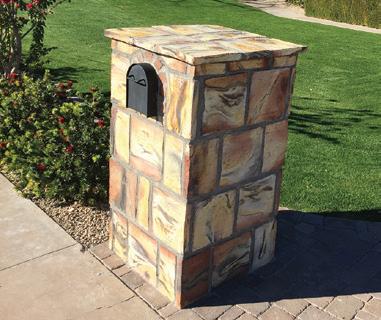
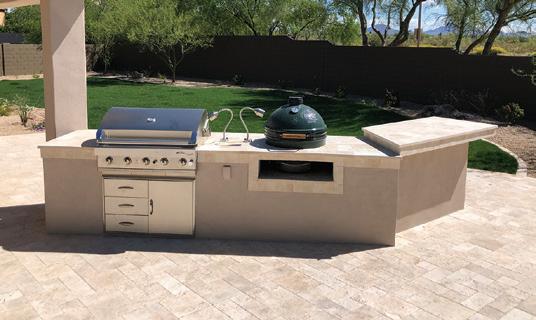
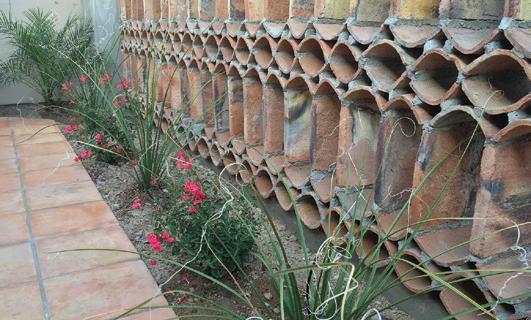
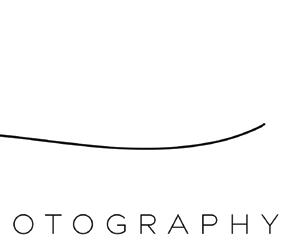
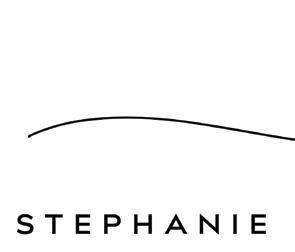
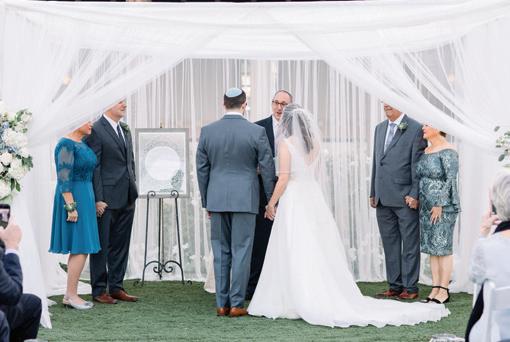
What’s your most memorable project? “With over 500 residential projects, 100 restaurants and hundreds of other types of projects including theaters, retail and civic projects, it would be hard to pick out one from the inventory. We love doing homes, remodels or new construction, and enjoy watching the transformation or seeing the new building come up out of the ground.”
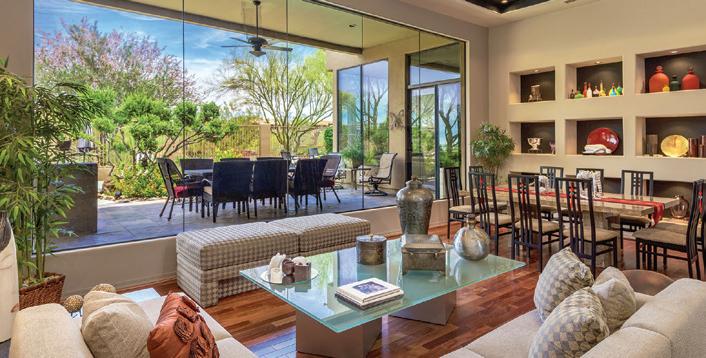
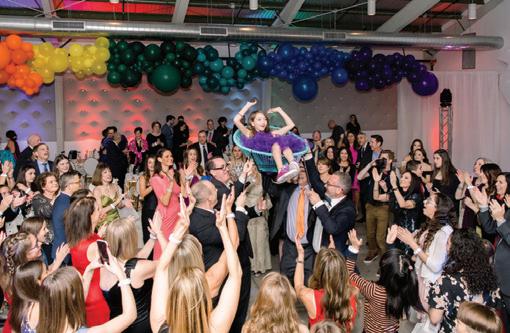
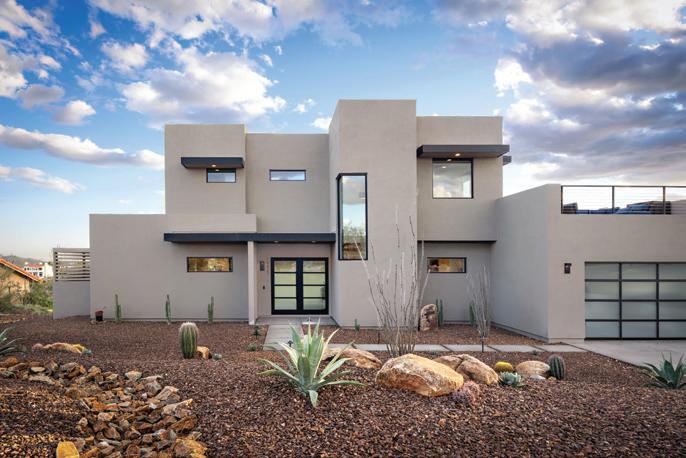
What’s your favorite part about what you do?



“We love people and enjoy making their dreams come true. At the end of the project, it is so great to see how appreciative and happy our clients are about the work we have performed for them. That makes all the effort worth it.” JN
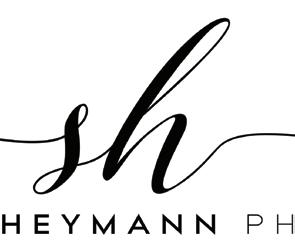
Afterclosing the doors of a children’s indoor playspace in Connecticut, a business that she owned for five years, Rachel Winter went through a period of situational depression. She was 40 years old at the time, her children were in school during the day, she didn’t have a job and she felt like her career had ended. “I felt very lost,” she says today.
One night when she couldn’t sleep, she was flipping through the channels and stumbled upon the TV show “Hoarders.”
“That was the first time I saw the term ‘professional organizer,’” she said. “I was absolutely riveted and fascinated.”
The next day, she started researching the organizing industry and got a job with a company that specialized working with clients who suffer with extreme clutter and hoarding disorder. She worked with that company for a year then founded Happy Home Organizers, LLC in 2012.
Her experience with depression helped her gain empathy for her clients, many of whom suffer with depression and/or anxiety, she said.
Five years after she started her business, she appeared on “Hoarders” — on the third episode of Season 9 — as a professional organizer. “It was quite a thrill and an unforgettable experience.”
What would surprise people about the process of decluttering?
“People would be surprised to know that we do not force people to throw out their stuff. In fact, I’m an organizer who tells my clients to keep something if I truly feel it would benefit them. My clients are
always so surprised when I do this.
“Also, we are not junk removers! We simply help our clients decide what they should keep and what they should let go of — in a very kind, respectful way.
“Many of our clients are embarrassed and think that their home is the worst we have ever seen. We never judge. We are there to help and get the job done.”
What do you wish everyone knew about professional organizers?
“Being a professional organizer is not glamorous. You have to be willing to get very dirty. After many jobs, I am covered with dust and dirt and have to run into the shower. It’s also very physical. Not everyone can do this job, as you really need to be in excellent physical condition,
especially when working on garages.
“You also need to have a tremendous amount of patience and compassion, as well as be a good listener and genuinely care about people to be a good professional organizer.”
What services do you provide?
“I’m a Declutter Coach and a Professional Organizer and my specialty is residential organizing. I declutter and organize every area in the home: bedrooms, dining room, living room, kitchen, bathrooms, closets, garages, children’s playrooms and more.
“My clients range from those going through a life transition, such as divorce or the loss of a spouse, to those downsizing or moving, including those moving into assisted living facilities. I also help with packing and unpacking.
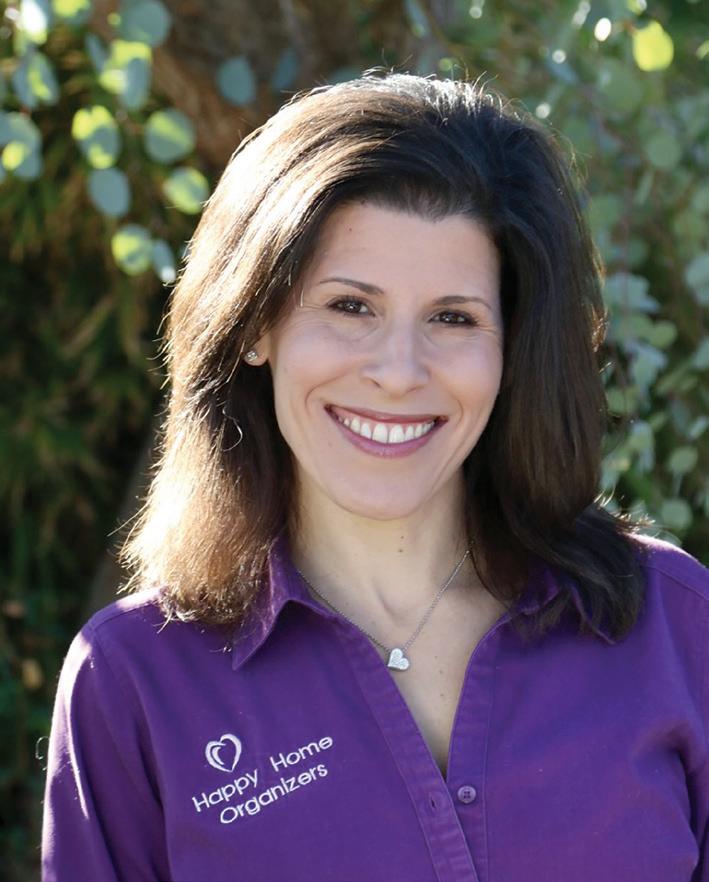
“My job is to help people purge items they no longer need or want and then I help them create their organized system, their foundation of order. After I work my decluttering and organizing magic, there is a place for everything and everything is in its place. I take my clients from chaos to calm.
“I help people who are feeling overwhelmed or stressed out with TMS (Too Much Stuff). I also work with people who might have excellent organizational skills but simply do not have the time. I teach my clients how to declutter, how to get organized and most importantly, I teach them the skills to stay organized. I want them to maintain the organized system that I developed for them.”
How does the process work?
“I provide complimentary one-hour consultations, either in person or through FaceTime. I ask for the grand tour of the home. I want to see everything so I can assess the client’s organizing needs and then we talk best plan of action for getting the job done.
“I also provide free removal of items being donated to Goodwill or any trash going to the Phoenix dump. Purging is essential to getting the job done so this is a huge part of my service. I am at Goodwill and the Phoenix dump several times a week.
“Basically, my job is to make life easier and more efficient for my clients. My three Golden Rules for staying organized are: 1. home for every item; 2. like with like and 3. one in, one out.”
What do you think makes you so successful?
“I feel that what makes me successful in this industry is my work ethic, my talent for organizing and my overall commitment to customer service. Customer satisfaction is everything to me.


“I care very much that my clients love my work. I always want to exceed their expectations. My goal is always to make my clients’ lives easier, better and happier.”
What professional or personal organizations are you involved with?
“I’m a proud member of NAPO national and NAPO-Arizona (The National Association of Productivity and Organizing Professionals). I’m also a member of Temple Chai and became a bat mitzvah there in 2017.”

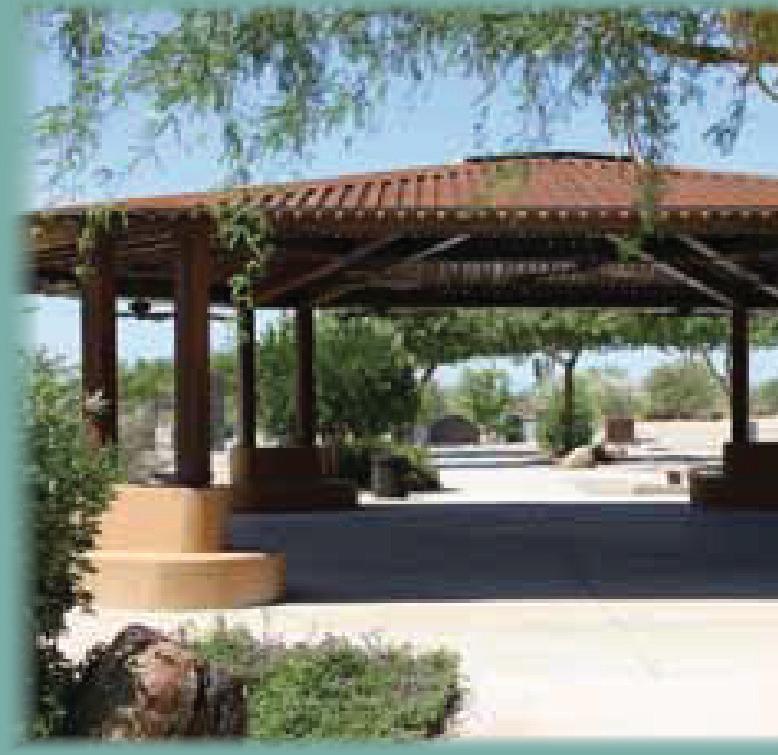
What’s your favorite thing about what you do?
“Seeing my clients’ reactions after I finish a job. It’s so emotional and thrilling. Many of my clients cry with joy. They cannot believe how light, spacious and totally beautiful their homes can be. I feel so blessed that I discovered this profession and that I get to do what I do. I’m always so honored when people trust me in their homes and let me help them.” JN
HappyHomeOrganizers.com
Meetingnew people and watching their dreams become reality are two aspects that Brandon Holtzman, owner of Holtzman Home Improvement, enjoys most about his work.
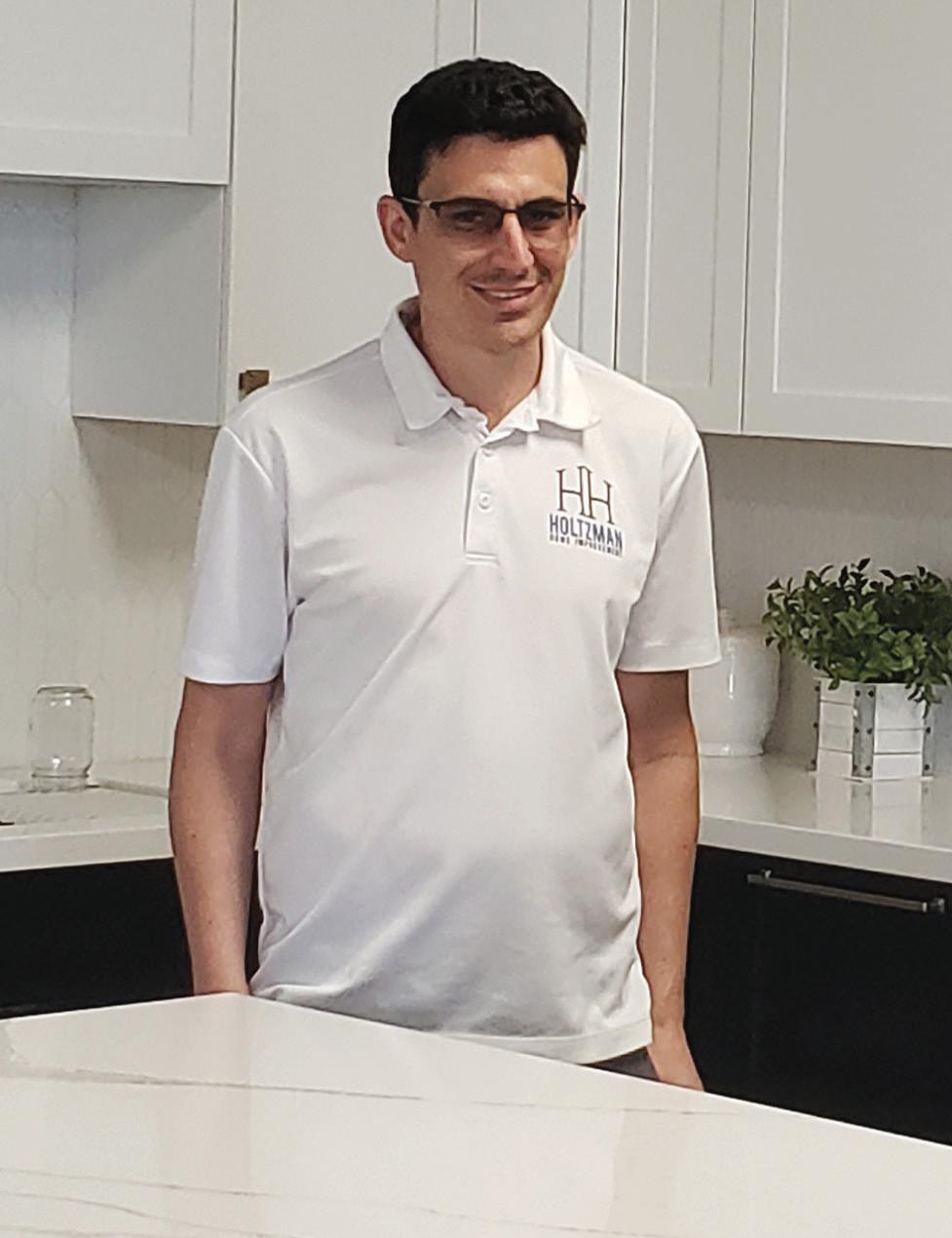
He also likes the variety of the different homes and projects and is passionate about “taking on a home that needs remodeling and transforming it into a completely different space. Watching your clients’ dreams become a reality gives a feeling that is difficult to describe.”
One memorable project that Holtzman worked on was a project for the Make-AWish Foundation for a young girl with a critical respiratory disease. “We renovated her room to show her favorite Disney character,” he said. “It was a very special project.”
Holtzman Home Improvement, founded in 2006 by Brandon Holtzman and his father, Danny, is a family-owned and -operated, five-star rated, licensed, bonded and insured Phoenix contracting company. The company’s services includes
bathroom and kitchen remodeling, additions and small-space and full-home renovations.
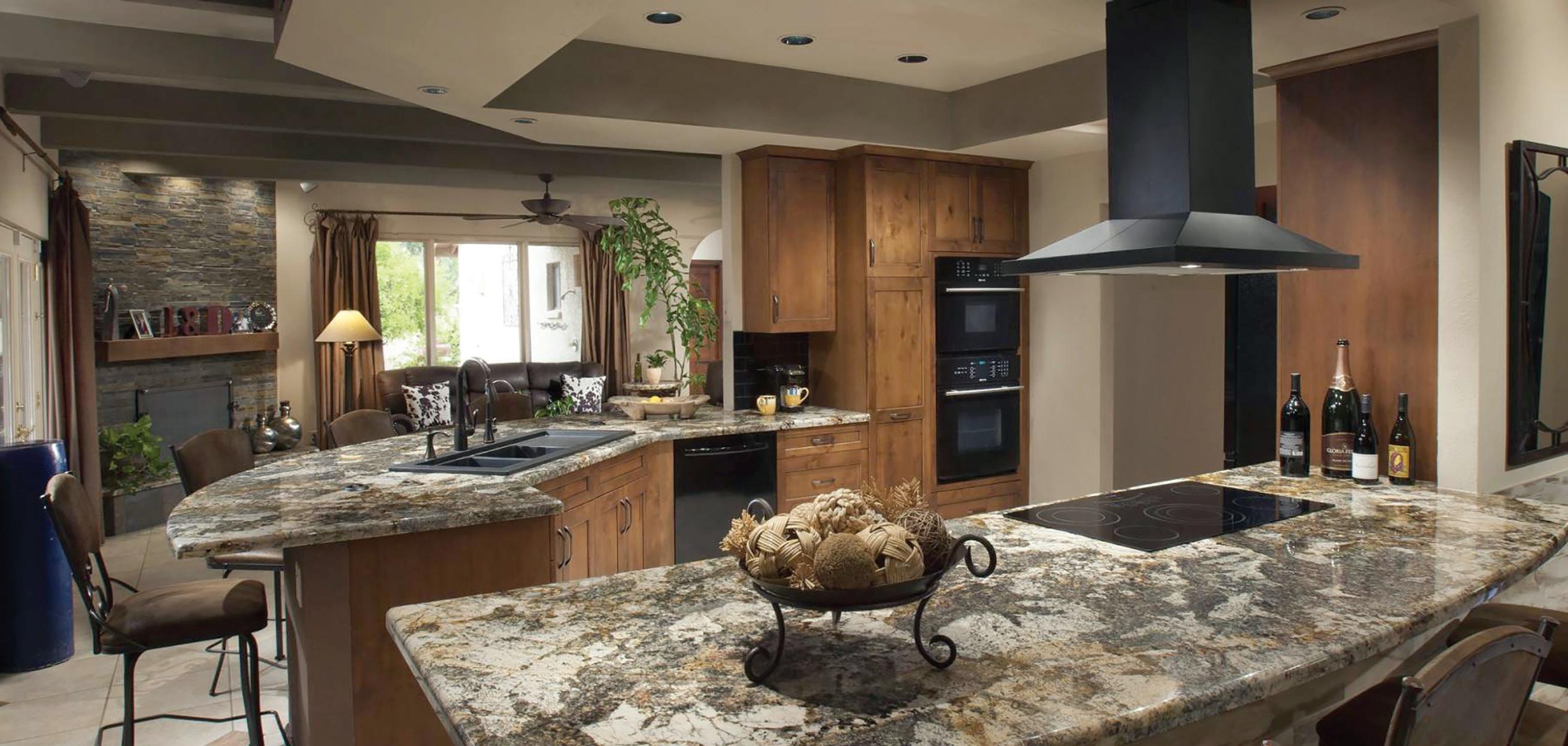
After a home visit from a project manager to discuss the project, the client is invited to visit the company’s showroom to learn about current trends and view a 3-D rendering to help visualize the project.
The showroom is also open to the public, although reservations are recommended to ensure that there will be a designer available since they are often with a customer or at a job site.
The company’s website also includes a renovation project tracker to help clients view up-to-date project designs and photos of the progress.
What do you think makes you successful in this industry?
“There are a few things that have helped us along the way for success.
“The workmanship we put into our projects to ensure they meet our client’s
needs and vision.
“We employ all our own sales, superintendents and tradesmen. This allows us to
Brandon Holtzman founded Holtzman Home Improvement with his father, Danny, in 2006. Photo courtesy of Holtzman Home Improvementoversee and control our work and quality.

“Being involved in the everyday ins and outs of the business ensures successful output.”
What do you think would surprise people most about the industry?
“The actual cost of remodeling and time frames to complete projects. I also think people underestimate the amount of details and materials that go into completing the projects.”
What do you wish everyone knew about home improvement?
• “Home improvement TV shows do not do a great job at depicting what actually goes into a project. A lot of people have misconceptions regarding costs and timelines because of these shows.”
• “Our rule of thumb is it will cost twice as much as you expect and take twice as long. Transparency surrounding costs and timelines is extremely important to us
so that our homeowners have an accurate idea of what the remodel process will entail.”

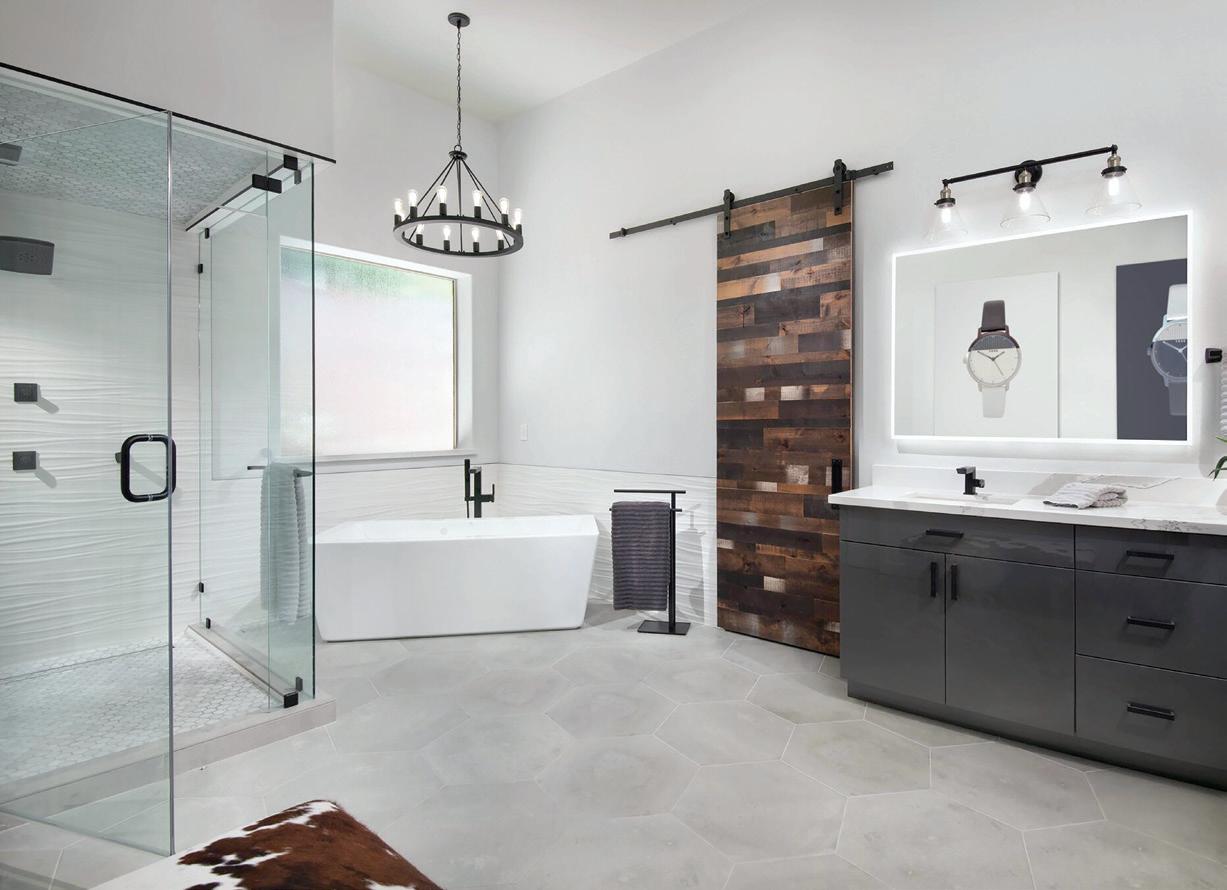
• “We also would recommend doing your homework and being prepared with background information about your property. For instance, what year was it built, have plumbing lines ever been replaced, do you have a post tension slab, etc.”
What is the biggest challenge for the home improvement industry?
“Finding quality employees to complete the task.”
What organizations are you involved with?
“The Make-A-Wish Foundation and Ronald McDonald House.”
What is your favorite thing about what you do?
“Seeing the beginning and end of a project: watching a vision, basically a dream, come to life.” JN
nhomeimprovement.com
Congratulations to our devoted board member, and Eshet-Chayil Women’s Group President, Valerie Borden!
Your talent, which you execute with such “ability and intelligence, with knowledge and all craftsmanship,” (Exodus 31), is inspiring. May Hashem continue to bless you with immense success, in all areas, and may you continue to be such a beacon of light to your family, our community, and our world!

— Rabbi Pinchas Allouche, Congregation Beth Tefillah Board of Trustees and the Congregation Beth Tefillah Board

Afterseveral years working in the roofing industry, Paul LaNue was recruited to help build Lyons Roofing, a roofing company founded in 1993 that serves Phoenix and Tucson. He and his wife, Rhonda, whose background includes telecommunication sales and software training, purchased the company in 2005.
Lyons Roofing offers full-service residential and commercial reroofing, maintenance and repair.
Last year, the couple aimed higher than the rooftops after partnering with AZFamily and Chopper Guy. Through this partnership, “Chopper Guy” Bruce Haffner, aka the Lyons Roofing Newschopper Pilot, reports on the news from a helicopter branded with the Lyons lion logo and the slogan “King of the Rooftops.”
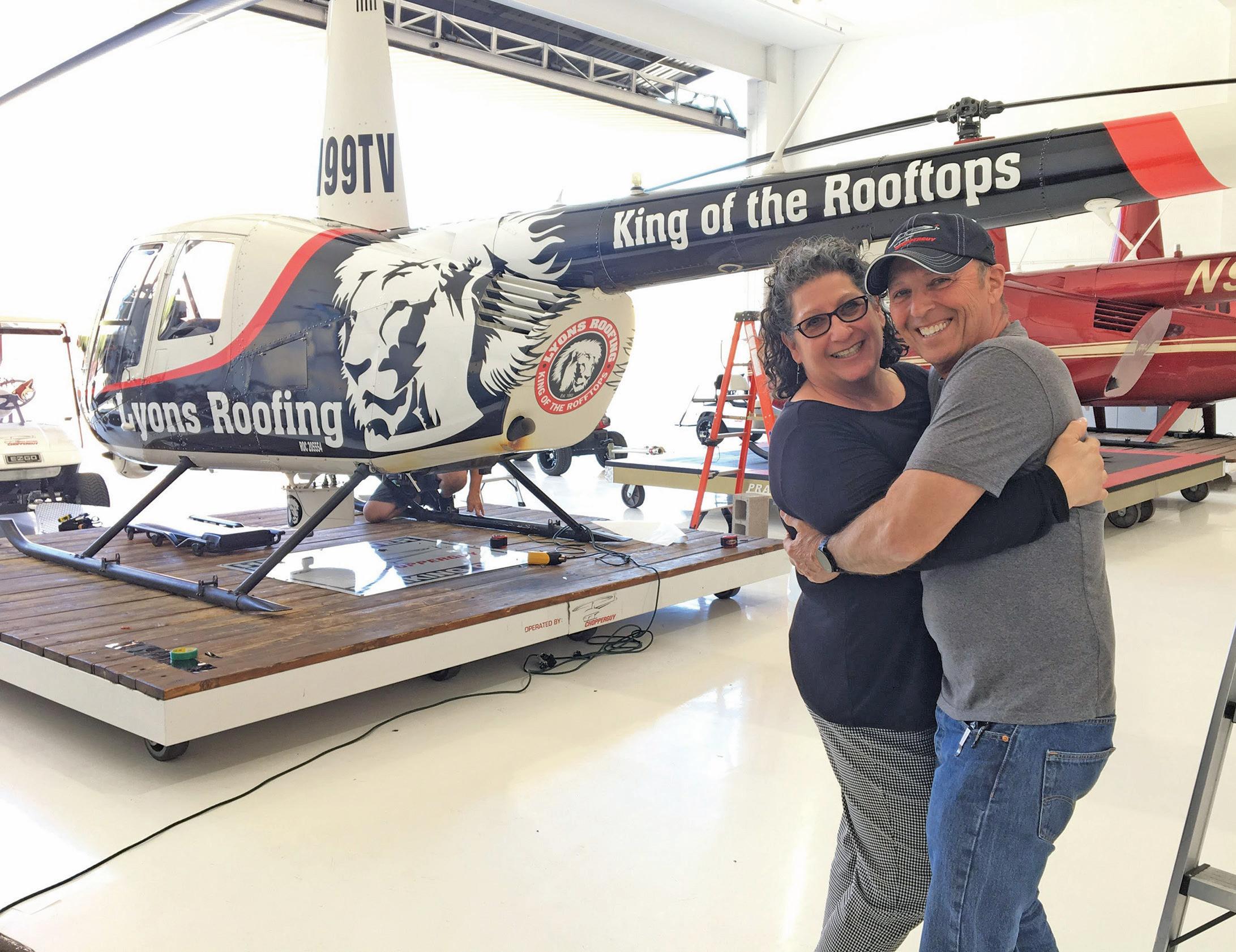
In addition to providing peace of mind to property owners, the LaNues enjoy giving back to their community. The company’s website has a page dedicated to community service, which includes a definition of tikkun olam and a long list of the organizations it has supported either financially or through its services.
“Tikkun Olam ... is a concept referring to ‘repairing or perfecting the world,’” the website reads. “As such, we always seek opportunities to help make our community and world a better place, both as a company and as individuals.”
What do you think makes you successful in this industry?
“Having come from corporate America, we sought to create a professional environment in which we wanted to assure that our customers, the community and our employees come to expect a higher quality of service and peace of mind. In the process, we began to have
an impact on our industry competitors and we saw major shifts in how businesses operated.”
What’s the most memorable project you worked on?
“We have been at this for a while. What makes a job memorable? We have been fortunate to work on several high-profile properties in both the residential and commercial markets. Someone has to do the governor’s home, right? (Which governor, we will not disclose.) The most memorable would be the ones where an employee goes above and beyond to make someone’s life a bit easier. When we get those letters, we are so proud of what we do.”
What do you think would surprise people most about the roofing industry?
“I think people would be surprised at the skill level it takes to install a highperforming roof. We say all the time: It is easy to put on a roof that provides shade.”
How has the industry changed over the years?
“Technology, technology, technology. Technology in how we operate internally. Technology in terms of how our customers find us, engage with us, choose us. Technology in the tools we use.
“In some ways, it has made it easier and more cost-effective to operate. In other
ways, it is difficult to get our employees to embrace the change.”
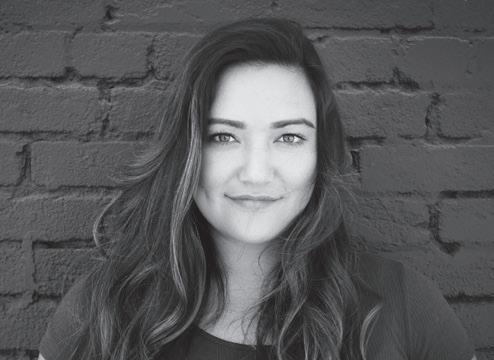

What do you wish everyone knew about roofing?

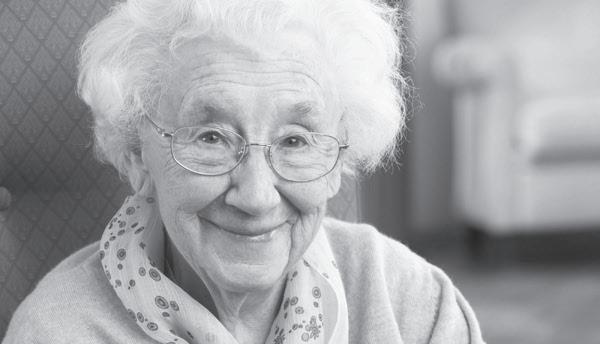
• “The best time to purchase a roof is when it is not raining.”
• “The best cure for a leak is prevention. By the time you see a leak in your home, you already spent too much money.”

• “Get in front of your roofing issues. Maintenance will prolong the life of your roof.”










What is the biggest challenge for the roofing industry?
“Labor. This is true across all construction trades. Young people have a lot more options in today’s market. It used to be that they were college-bound or took shop class in school. That is no longer true. It is way cooler (literally) to write code in an air-conditioned office than to do work on a roof. The technology industry does not lean on a college degree to identify talent, therefore our talent pool is diminishing.”
What organizations are you involved with?
“We are heavily involved in the Arizona Roofing Contractors Association (ARCA). Rhonda was the sitting president of ARCA and remains closely tied to ARCA. This is aligned with our business mission statement: ‘The Lyons team sets the industry standard of excellence and is dedicated to providing peace of mind to our customers, employees and community.”
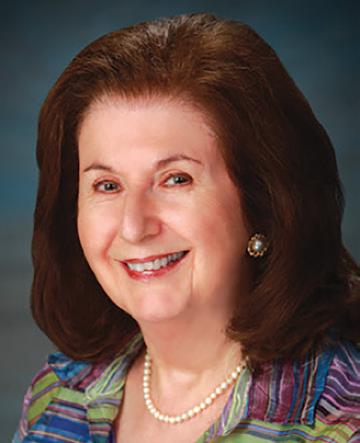
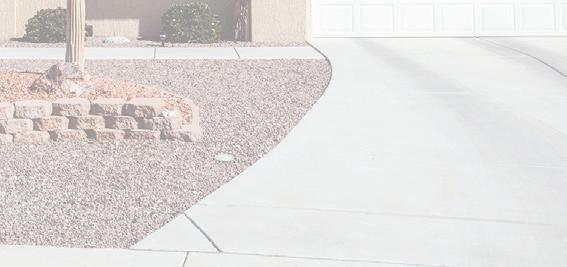
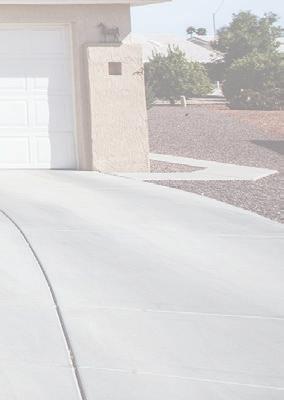
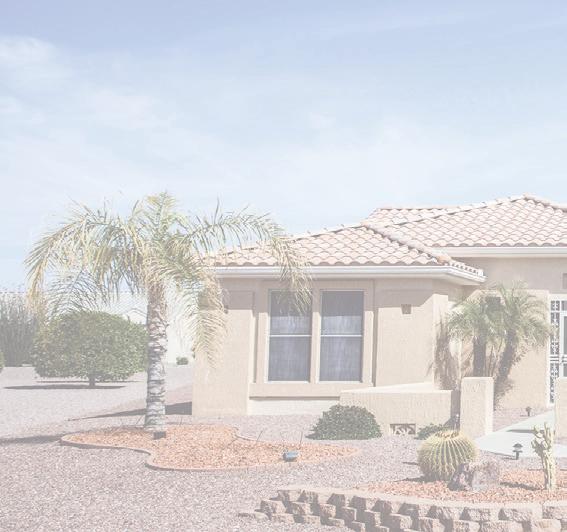

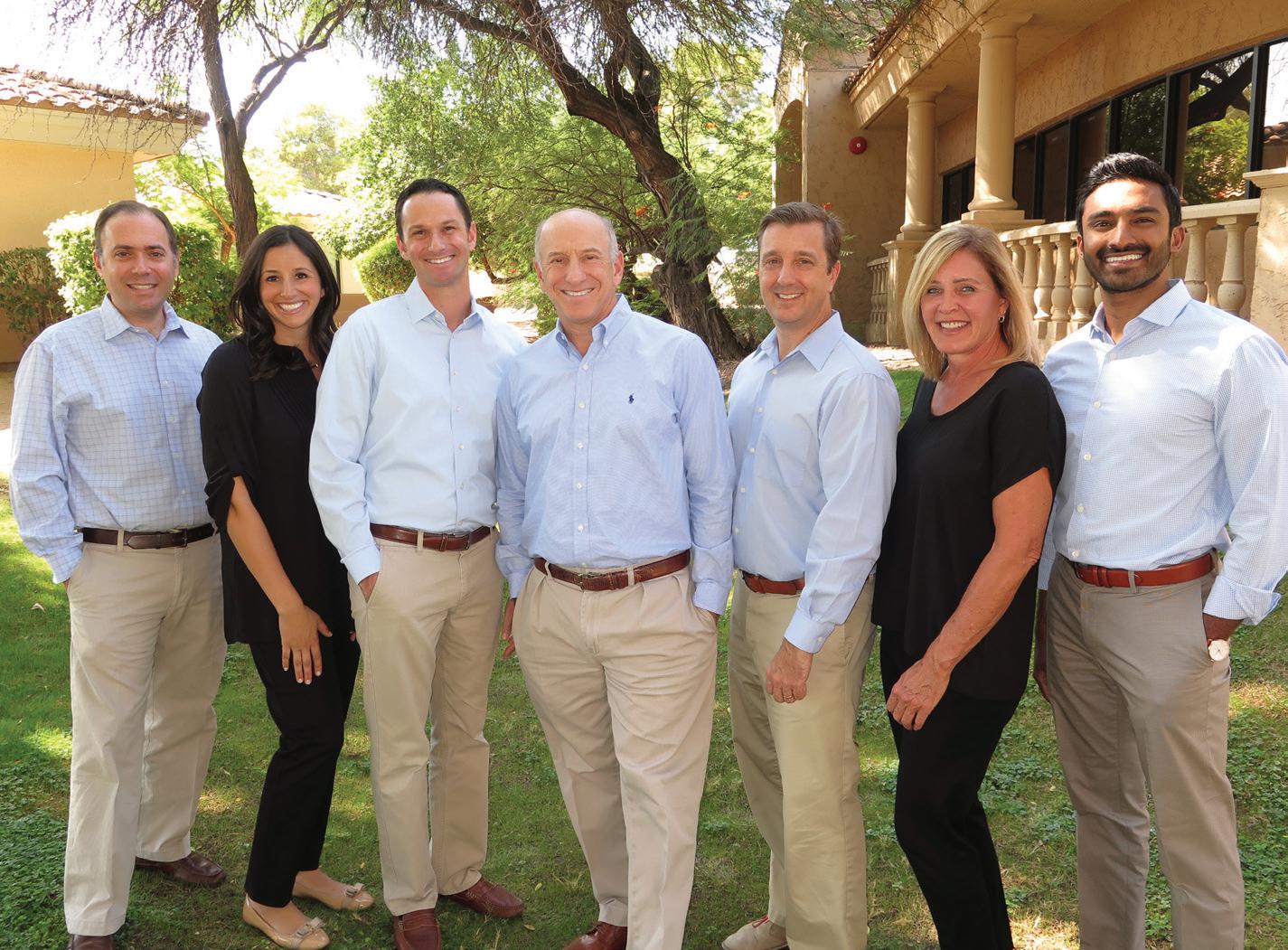
“Being involved in our local and national associations allow us to have the support and tools to continually increase our efficiencies and provide more resources and a level of credibility which ultimately increased our visibility.”
What’s your favorite thing about what you do?
“Close to our heart is providing opportunities to our employees. We have an internal tagline, ‘Creating Employees for Life,’ which we continually work on enhancing.” JN
lyonsroofing.com
Best
Best
Best Children/Teen
Best

Growingup on an apple orchard in rural New York gave Jim Hall the desire to work with all things green. So when it was time to go to college, he headed off in search of a horticulture/ design degree.
Today he is a senior designer at Sonoran Landesign, a custom pool and landscape design company in Phoenix that is licensed, bonded and insured for residential and commercial landscape, masonry and pool construction. The company’s work includes walls, patios, barbecues, water features, fire pits, planting, sprinkler systems and lighting. The full-service company, which was founded in 1995, also focuses on producing an authentic Arizona style, according to its website, aiming to blend the desert’s native plants with modern elements “to create landscapes that grow and mature in harmony” and striving to “capture the essence of Arizona living in every design.”
What do you think would surprise people most about the landscape industry?
“Landscaping is a profession. There are many options for hiring a landscape/pool contractor and the landscaping industry becomes more sophisticated and professional each year. The amount of knowledge necessary to facilitate all phases is comprehensive, ranging from construction details to horticultural aspects. The days of hiring any gentlemen in a pickup truck have long passed.”
How else has the industry changed over the years?
“The greatest changes have come on the
design side. We now do plans in CAD (computer-aided design) and are able to bring projects to life with color 3-D screenshots and can even create a video allowing us to fly through a completed project, even to the point of hearing the sound of water features.
“In college, my presentation designs were drawn in ink on linen paper and renderings (perspective drawings) were done in pen and ink. We also now have an incredible amount of choices of flooring for home exteriors, from concrete pavers to travertine to porcelains and an endless color palette.”
What do you wish everyone knew about landscape design?
• “I believe the landscape design is the most important part of the process in landscaping your home. It will let you phase in your project without having to remove something already installed to continue forward.”
• “Choosing your designer is critical. You need someone familiar with plants, both with their growth habits as well as the conditions in which they will thrive.”
• “Your designer should know the pitfalls of construction and know that function is as critical as the creative aspect of your design.”
What is the biggest challenge for the landscape design industry?
“I have always felt the biggest challenge we face as designers is to educate our consumers. You may be working with a designer that is not grounded in construction and while the design appears beauti-
ful and everything you want, it may not be able to be constructed as designed, which creates disappointment with the designer and process.”
What do you think makes you s uccessful in this industry?
“I believe our success starts with our creativity and continues with our attention to detail and follow up while taking projects to completion.”
What organizations are you involved with?
“I enjoy working and volunteering in the Jewish community. I work with Rabbi Mendy Levertov and The Friendship Circle, supporting Jonathan’s Walk, and with Rabbi Levi and Chani Levertov for
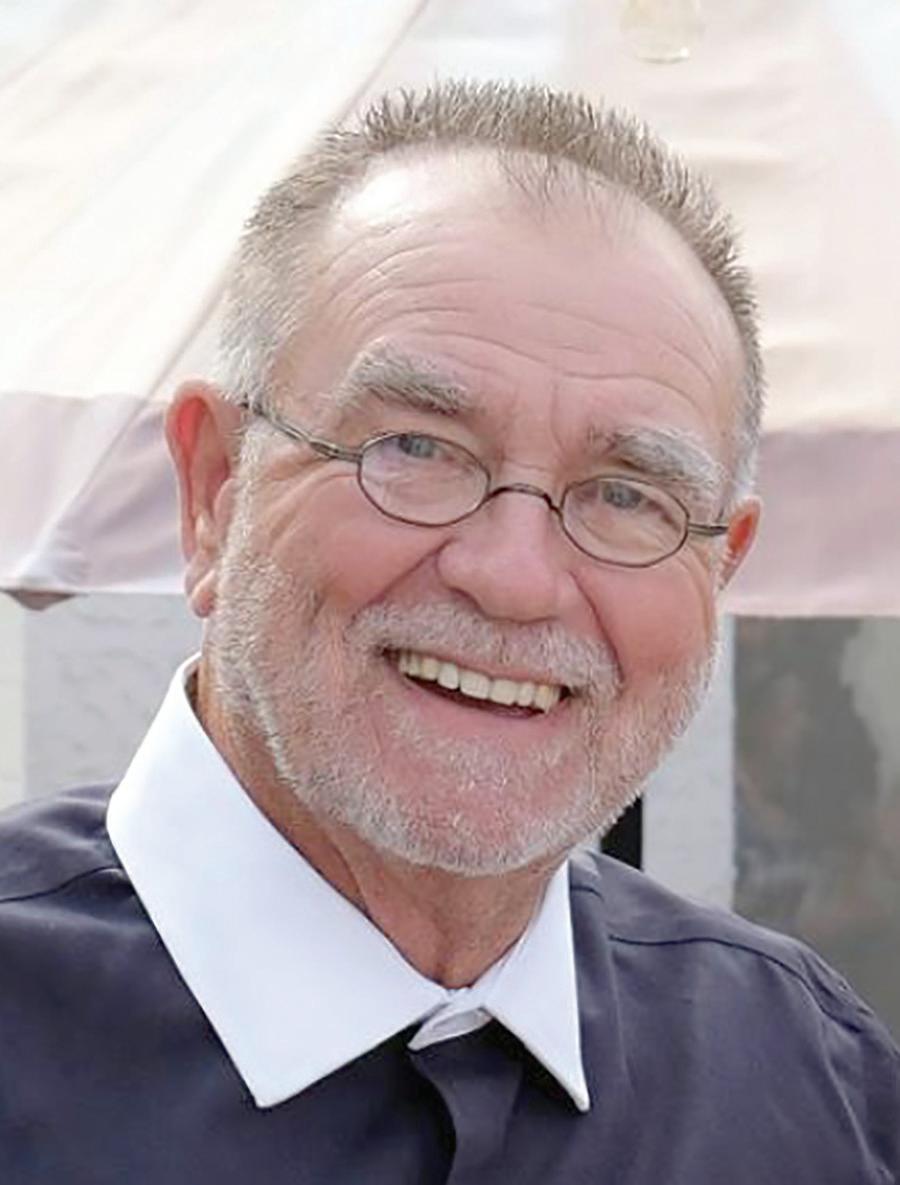
Smile on Seniors. I am also involved in a networking group at my synagogue, Temple Kol Ami.”

What is your favorite thing about what you do?
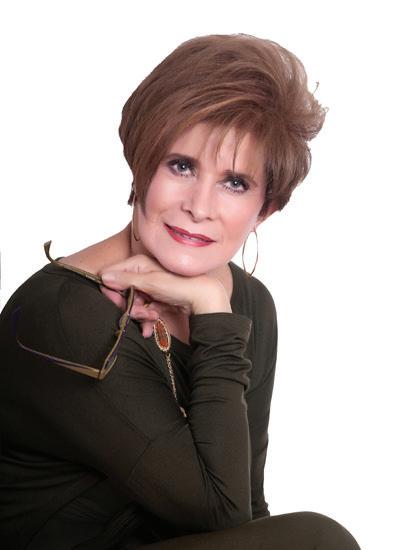
“I love the creativity of the design process and working with my clients toward their goals for a creative, functional project that they will enjoy for many years and developing relationships that go beyond the business aspect.” JN
sonoranlandesign.com

Sonoran Landesign is a custom pool and landscape design company in Phoenix. Jim Hall, who has worked as a designer at Sonoran Landesign since 2006, designed this

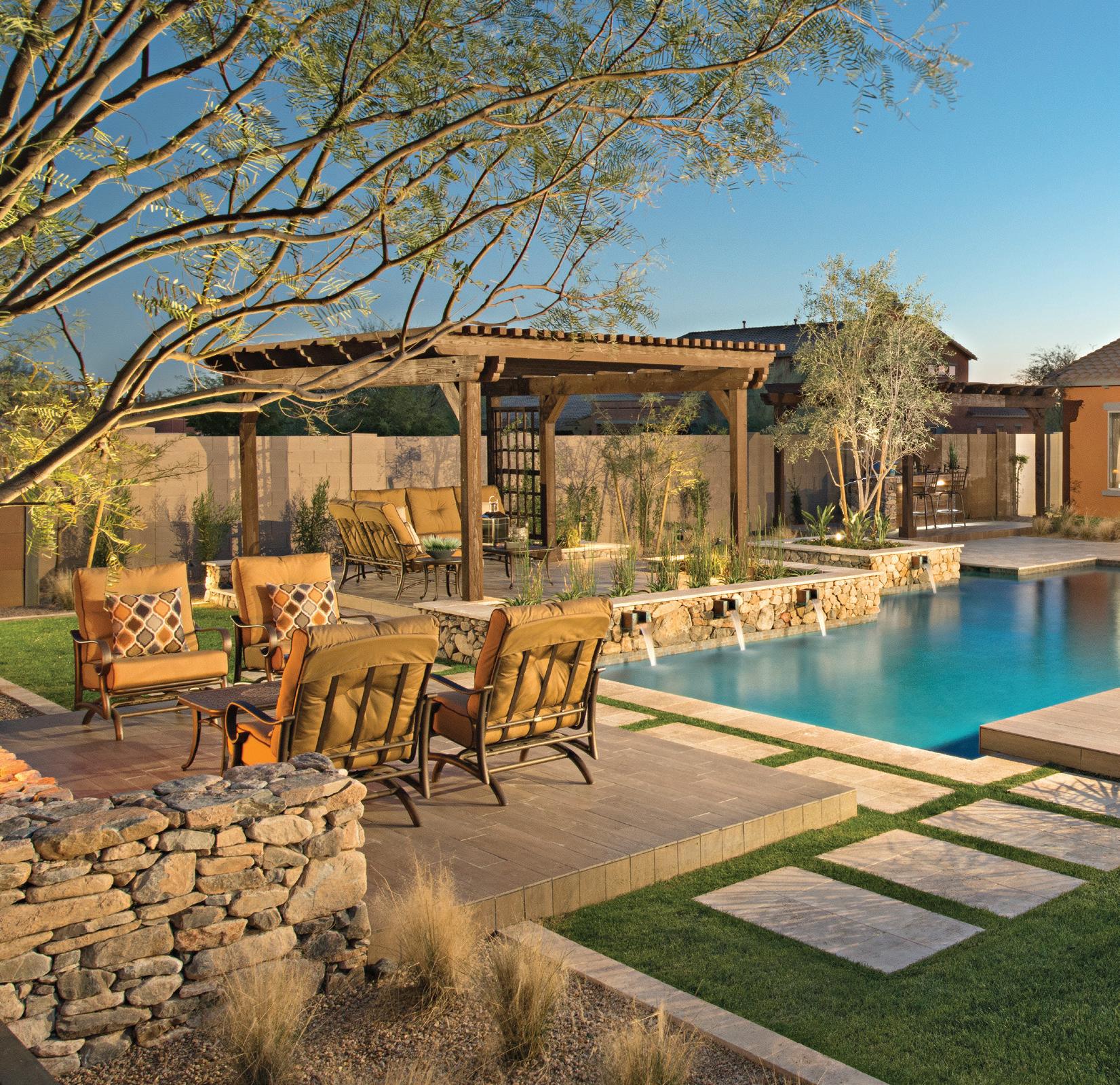
TheSukman family has decorated homes for more than a century.
After arriving from Europe in 1914, Joseph Sukman, a skilled upholsterer and furniture manufacturer, started American Furniture Shops in Jersey City, New Jersey.
Fifty years later, his son David and daughter-in-law Charlotte Sukman brought the business and their family to the Valley of the Sun. They changed the name to Sukman’s Interiors, introduced a design staff, opened a drapery workroom and initiated discounted pricing.
Today, the company is run by the founder’s grandson, Jay Sukman, president and sales manager.
“As the third generation, I am very proud to provide timeless innovative design to our thousands of clients throughout the Valley,” he said. “I was very fortunate to have the opportunity to carry on with my family’s legacy.”
Sukman’s Interiors continues to offer a wide selection of affordable home furnishings ordered especially for each client’s unique desires. The company coordinates window treatments, floor coverings and furniture to suit individual tastes.
“Since Grandpa’s time, thousands of homes have been furnished, windows have been draped, floors covered and furniture reupholstered,” Sukman said. “But one thing has never changed: our family’s passion for quality.”
Nominators Steven and Lauren Wiener spoke highly of Jay’s attention to detail and modest prices, calling the service “above and beyond” and “fair and honest.”
“Everything he said was done on time,” said Larry Delott, who had Sukman’s handle wood floors and window treatments. He said Sukman was “the best interior remodeling company that I have dealt
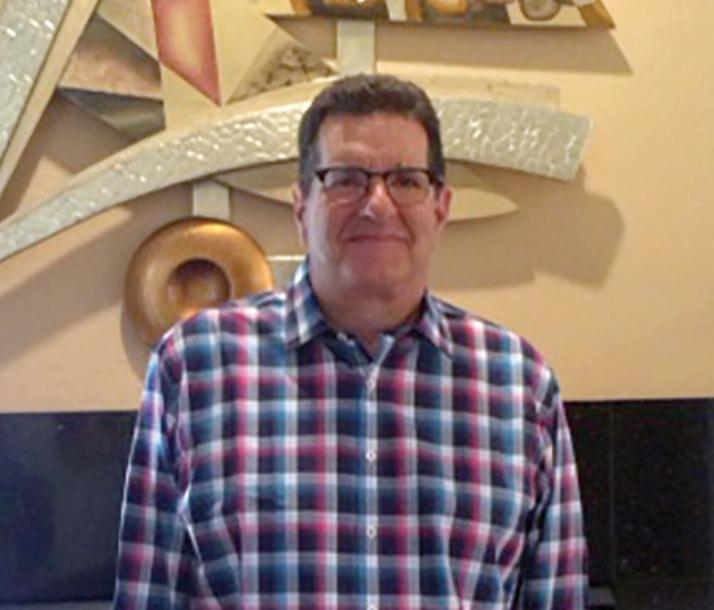
with... We live here four months a year and wish his company was in Cleveland, our hometown.”
Another nominator, Naomi Gembalczyk, who turned to Sukman’s for flooring and drapes, said, “It’s reassuring to know that Sukman’s has been in business for over 100 years. How many companies can say that?” She also praised the reasonable pricing and the quality of the work.
Jay answered some questions for us, below.
What do you think would surprise people most about the interior design industry?
“It isn’t as complicated as many clients fear before we begin their project. I have been decorating homes for over 40 years. With my broad experience, I am able to discuss a project with a client, then make suggestions to guide them through the process. My goal is to empower my clients with the confidence they need to make an informed choice.
“Secondly, beautiful interior design doesn’t have to be expensive. Sukman’s delivers high quality products at very affordable prices. We fabricate all of our custom window covering in our own workroom. We buy all of our fabrics, flooring, furniture and lighting directly from the factories, eliminating any middleman markup.”
How has the industry changed over the years?
“The interior design industry has experienced many changes throughout my career. Colors and styles are always evolving. With the wonderful sunshine that dominates our state, lighter colors and fabrics have usually been the predominant choice
for my clients. There have been exceptions to this, such as the decade that Tuscan was the prevailing theme.
“Until a few years ago, beige was the neutral color that most design projects started with. No one wanted white walls. For the last several years, contemporary decor has been the predominant style, with grays and whites being used as the foundation.”
What do you wish everyone knew about interior design?
• “An interior designer that you can relate to and feel comfortable with is extremely important to the ultimate success of your project.”
• “A well-thought out plan is a key to both the beauty and function of your design project. Beauty without function is a recipe for both immediate and future problems. My goal is to always blend the key elements of aesthetics and practicality.”
• “Ask for referrals. Most of my clients are referred to me by other clients. A referral from a friend or family member will give you the peace of mind that
you are putting your trust in a designer who knows how to make suggestions, give advice and guide you to a successful result.”
What is the current biggest challenge for the interior design industry?
“Communication is the key element to success. Many interior designers are creative, but do not effectively communicate their ideas to their client. It is imperative that clients understand the details and ambiance that the completed project will create.”
What do you think makes you successful in this industry?
“I have an extensive background in a broad range of window coverings, floor coverings and home furnishings, which provides my clients the convenience of working with a single destination for all of their decorating projects. Our clients receive my expertise without any added or hidden design fees. Sukman’s Interiors runs our own drapery workroom, which provides superior quality and lower
prices. We give our clients professional guidance and the confidence of knowing they are making an informed decision.”
What’s the most memorable project you worked on?
“I can’t select just one. However, the most memorable projects are the residences that are transformed from outdated to updated!”
What’s your favorite thing about what you do?
“The relationships and trust that I have with my clients. The entire design process is exciting, but having my clients love the final result is the most enjoyable part of my work.” JN
sukmansinteriors.com
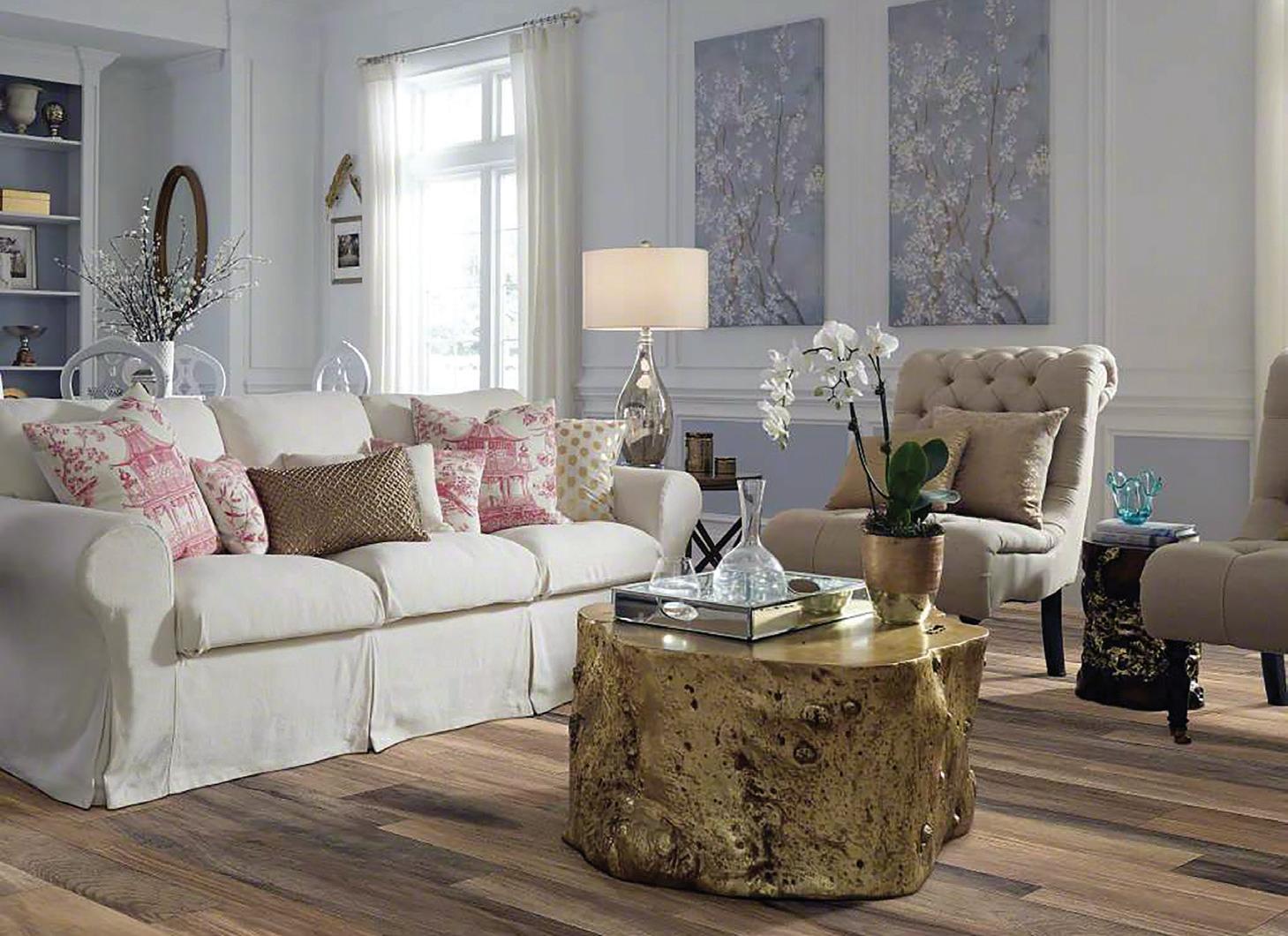
Life feels so much more satisfying when you can enjoy it just the way you want. From entertainment to dining to lifelong learning, at Beatitudes Campus you’ll find an array of choices to make you deliciously happy.

Inspiring you every day.
Come see for yourself by calling 602.428.9206 or visit our new website BeatitudesCampus.org.
“...(Federation) enhanced my own Jewish identity.”
Yael Domb
“...(Federation) allowed the JCC to become my home away from home.”
Kristina Brown
“...we met our soulmate on Birthright.”
Shawna & Bryce Schotz
“...(Federation) has helped enable the East Valley JCC to build and strengthen our Jewish community.”




George Goffman
“...(Federation) enables me to make a positive difference in the lives of our community’s Jewish Seniors.”

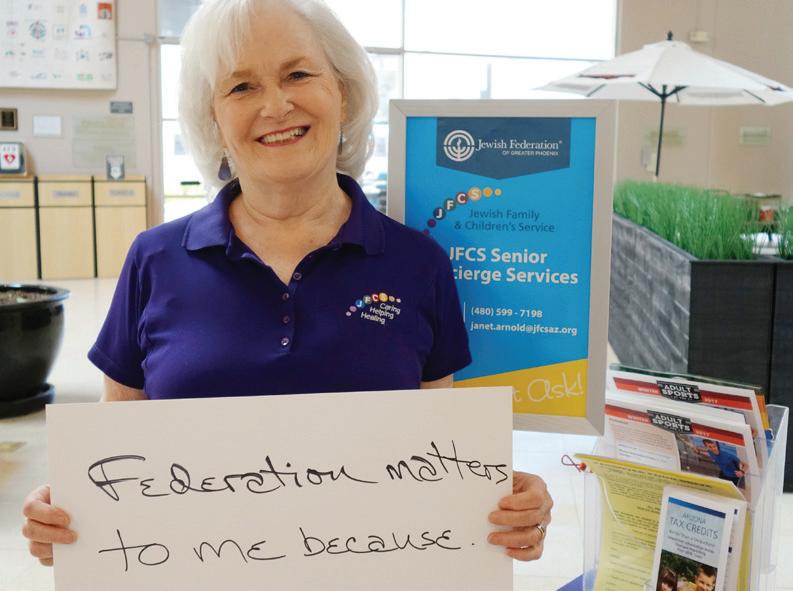
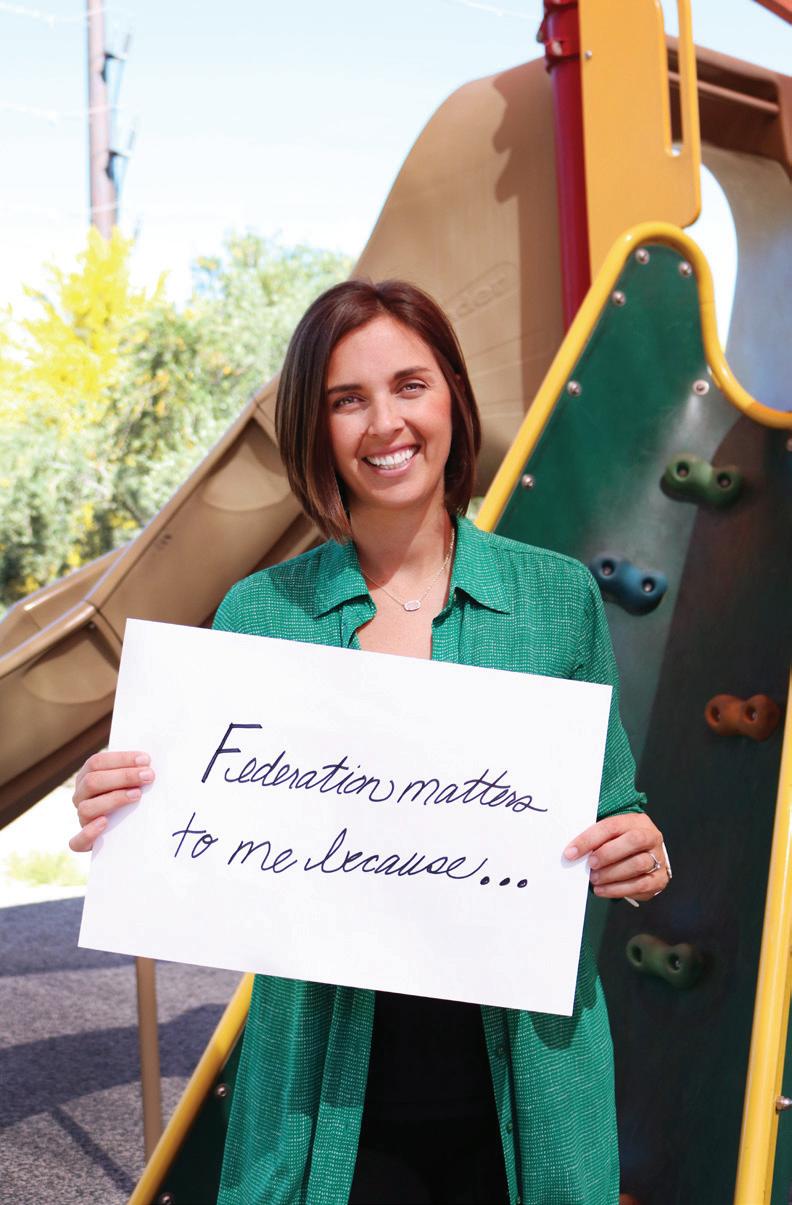
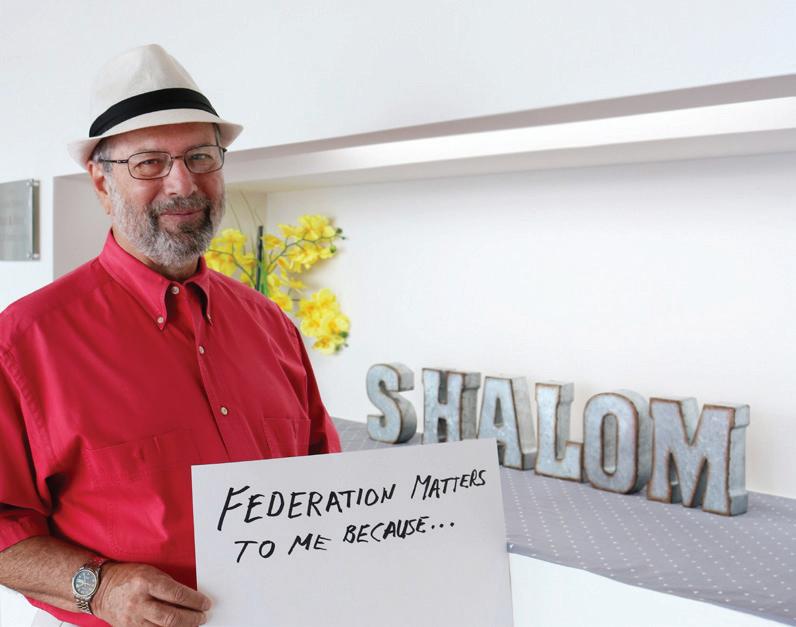
Janet Arnold
Strengthening Jewish life and identity. Helping Jews in need.



480.481.7031 | jewishphoenix.org
